until Abu Dhabi Autonomous Racing League

A championship battle that goes down to the final round. A pair of hour-long races. An iconic German track that, even in its modernised and sanitised version, it still feels like stepping into a familiar pair of slippers. A three-time champion here, a two-time champion there.
It's the DTM. So clearly is. That is, until you look at the pitlane and eyeball the GT3 cars being serviced in the various garages. In that moment, the continuity takes a big hit.
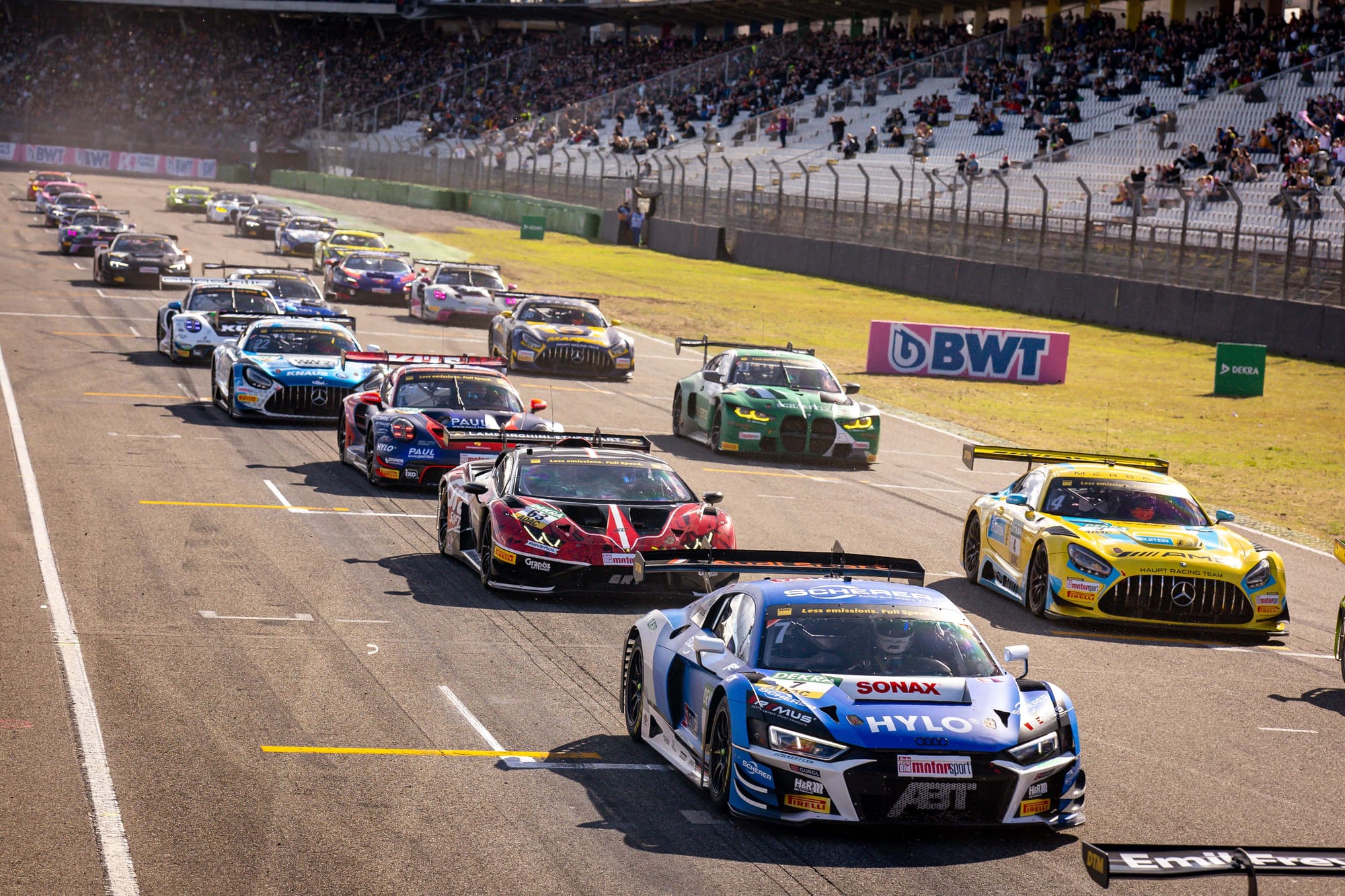
The pre-GT3 DTM, born in 2000, was in itself a revival series, continuing the lineage of a 1980s/90s series with the same abbreviation but not the same name (Deutsche Tourenwagen Meisterschaft versus Masters, which it remains now).
Its identity was crystal clear, hurting it in some ways, helping in others. In my limited time covering that version of the DTM, it always felt more important than popular but important it certainly was - strong manufacturer involvement, a grid of top-tier specialists separated by barely anything in terms of pace, with ex-Formula 1 names often rocking up to it as a logical post-F1 avenue and usually quickly realising just how specialised and brutal a competition it was.
At the same time, for junior single-seater hotshots who didn't quite have the budget to progress up the ladder the usual way, it could easily represent the next best thing - George Russell was very nearly a DTM driver instead of a GP3/Formula 2-winning Mercedes protege. But it was also such a serious test of driver skill that success there could still make an F1 case for a young driver - like it did for champions Paul di Resta and Pascal Wehrlein.
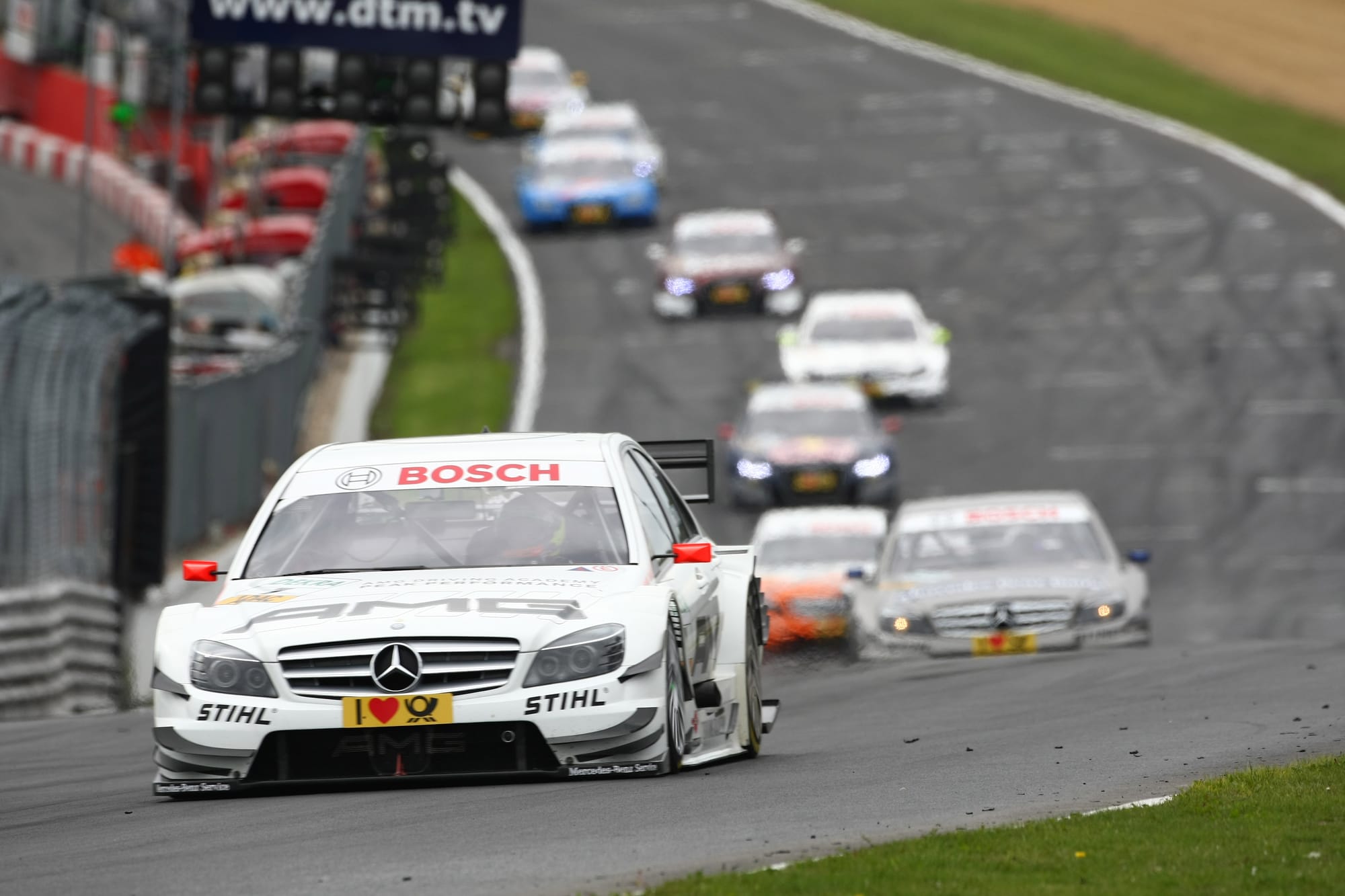
As the motorsport landscape changed, though, its indulgences - most obviously its prototype-esque 'silhouette' cars developed so intensely by the participating brands - started to feel out of place. By 2020, having lost a staple of the series in Mercedes, the DTM was limping with a limited Audi/BMW grid, its trajectory untenable.
So, in a hard pivot for survival, then-promoter ITR led by ex-F1 driver Gerhard Berger made it a GT3 championship instead.
"Obviously in every motorsport category I think it was a big change, in the last couple of years," said 2011 champion Martin Tomczyk, who has now fully retired from racing and was a major figure in the DTM's governance last year.
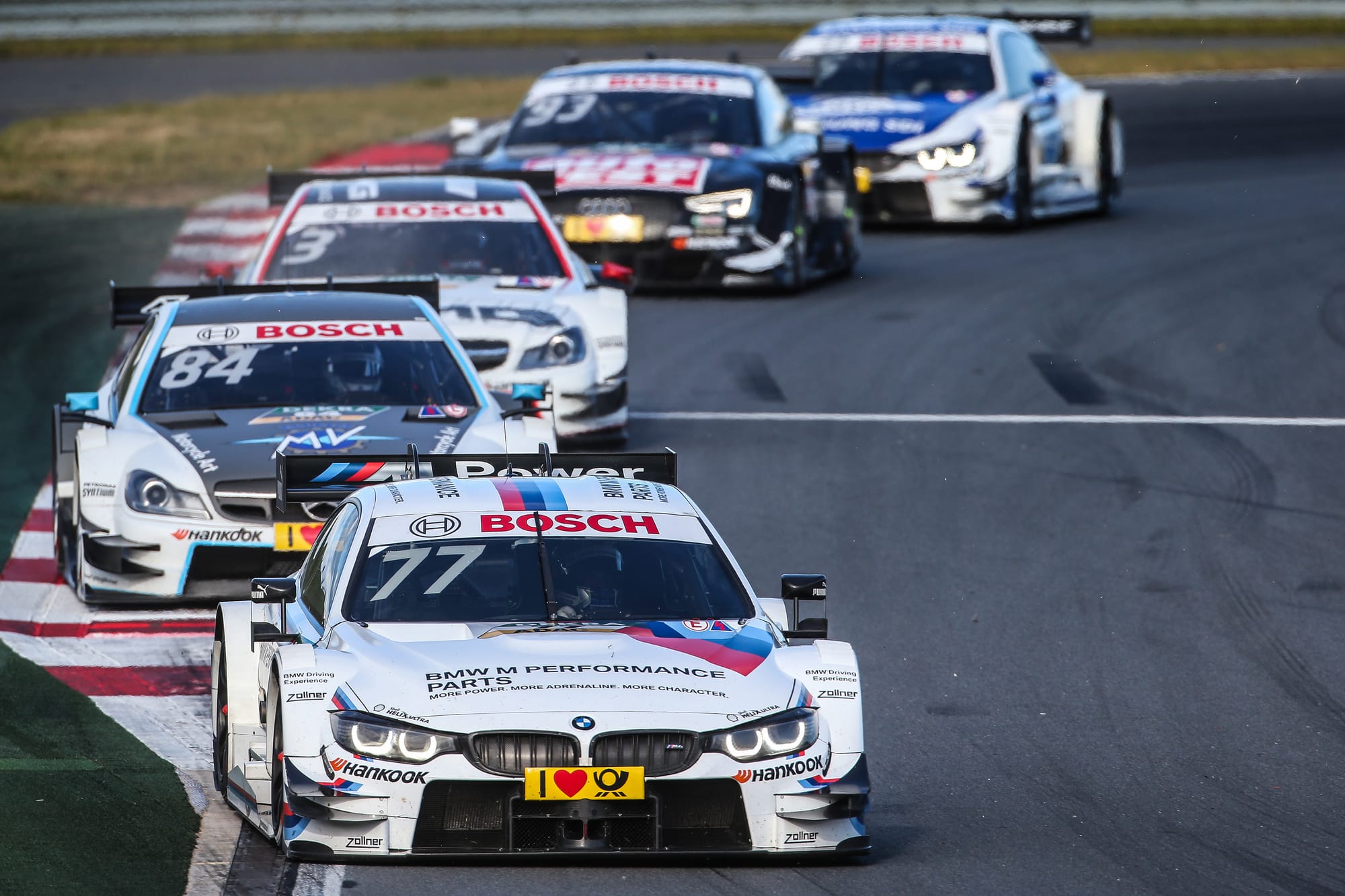
"Class One [the pre-GT3 2019-20 DTM ruleset] was absolute manufacturer level, purely prototypes, a lot of money involved - but at the end of the day now I think the root of motorsport is sustainability. And thinking in an economic way, I would say.
"GT3 cars are worldwide-active, and obviously nearly every manufacturer offers a GT3 car."
At Hockenheim, The Race was present for the finale of the third season of DTM's GT3 experience, interviewing Tomczyk and other key figures in the championship to answer the following questions: has the DTM succeeded in maintaining continuity and preserving enough of its DNA, and what will it be going forward?
DIFFERENT: THE LEADERSHIP
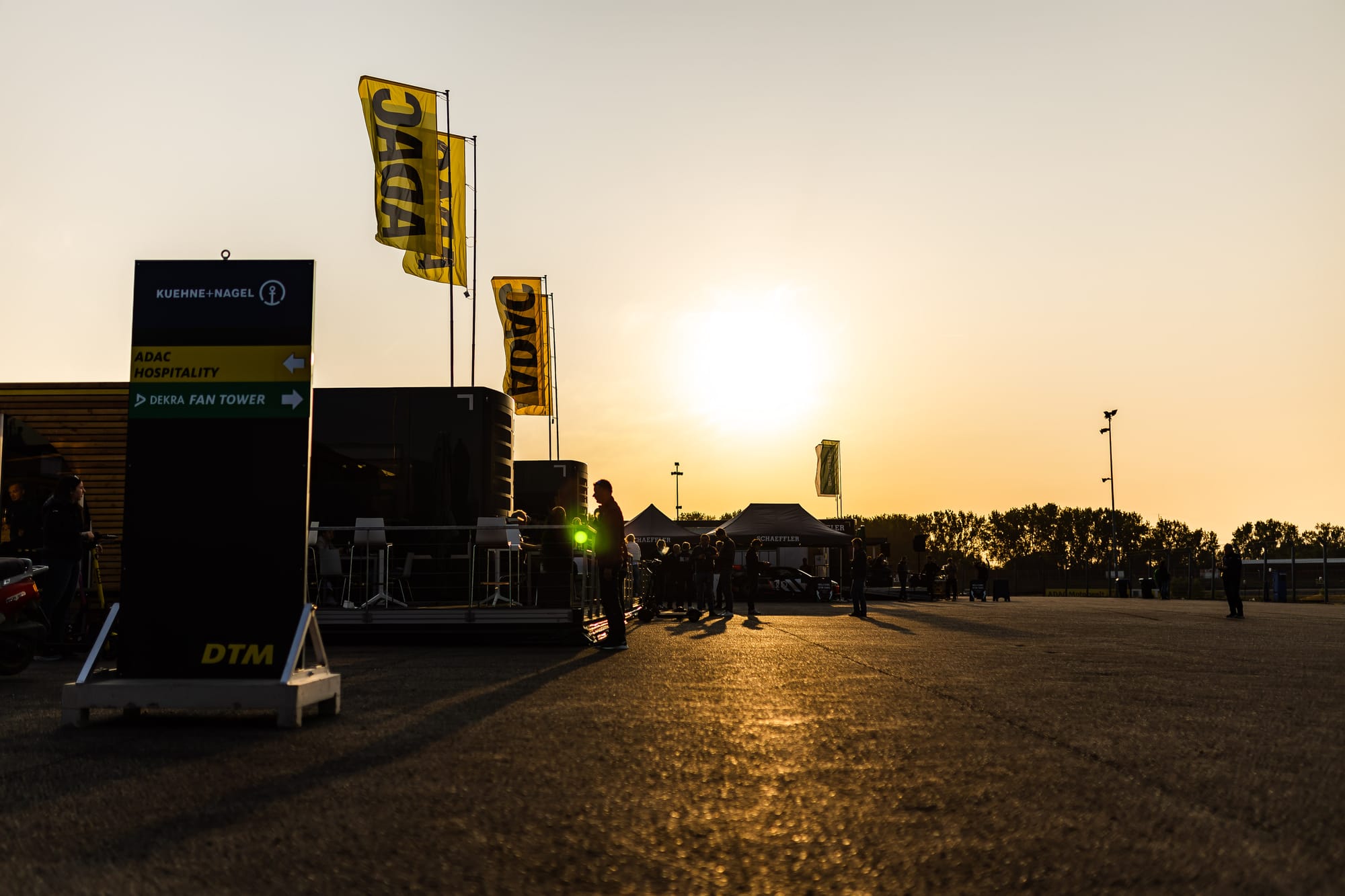
ITR, the DTM's overseer for nearly two decades, is no longer a thing.
Instead, 2023 marked the series' first year under the stewardship of Germany's motorsport federation, ADAC. Berger is out of the picture - and so is Tomczyk, despite having seemingly impressed many in the paddock in how he had conducted himself last year.
"New people, new race directors, new stewards, everything is new. And for sure it's a learning process I would say," said Tomczyk, who remains a paddock regular due to his newfound senior role in the DTM with series stalwart Abt, an Audi customer team that will have major Red Bull backing next year.
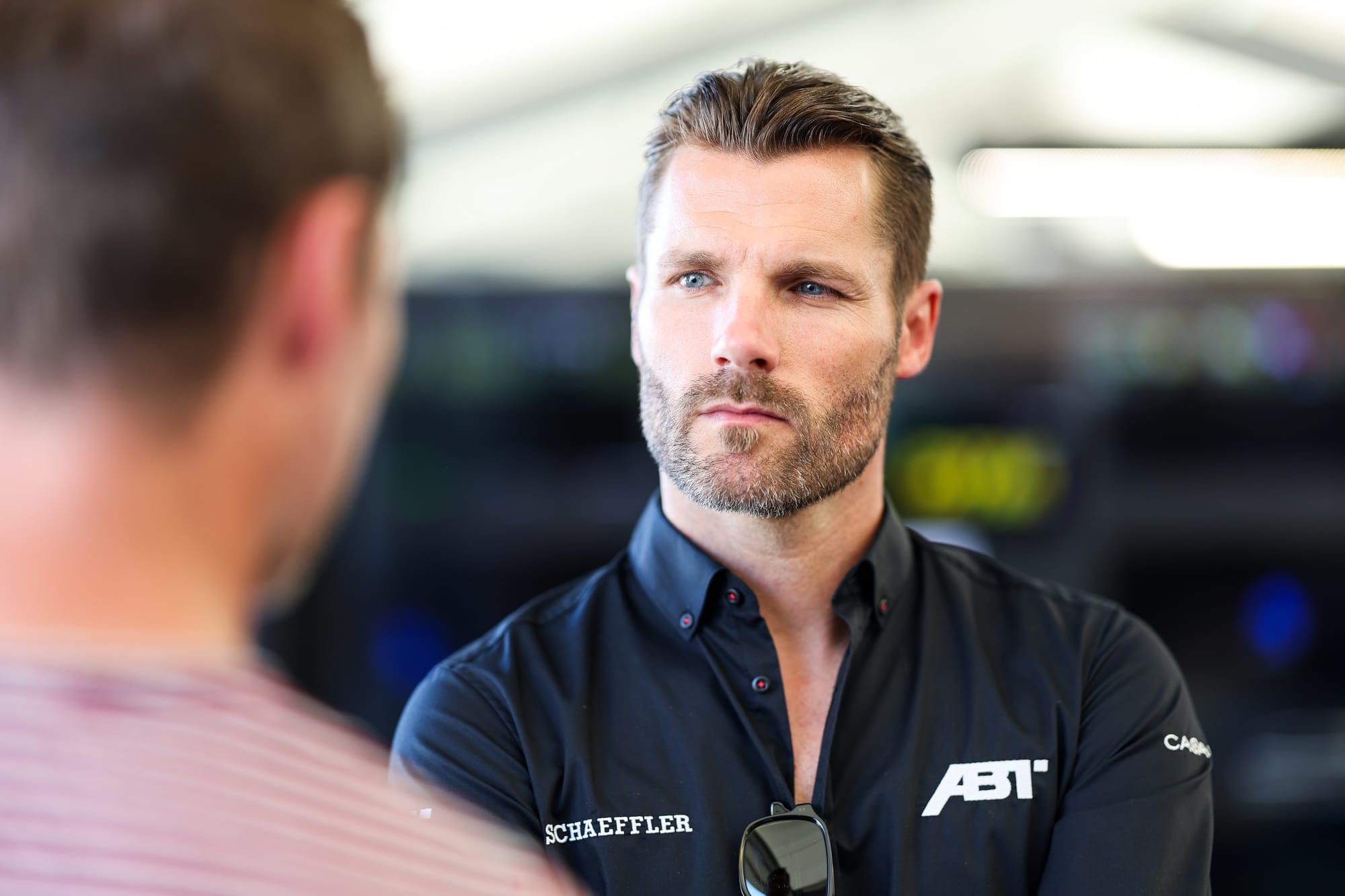
"I was just thrown in for one year - I started with the lower championship, with the DTM Trophy [now discontinued]. But then after half a year I took over more or less everything. I had my plan because I came from racing, I knew what I want to present to the spectator, and I want to present manufacturers or teams.
"And obviously I felt quite well, but obviously then things changed quite quickly, but I'm really happy how it turned out now for me."
"It was quite a challenge. Because we negotiated the deal with Gerhard starting in, let's say, October last year, and it took us two or three months to get the deal ready," said ADAC Sport president - and frequent F1 steward - Dr Gerd Ennser.
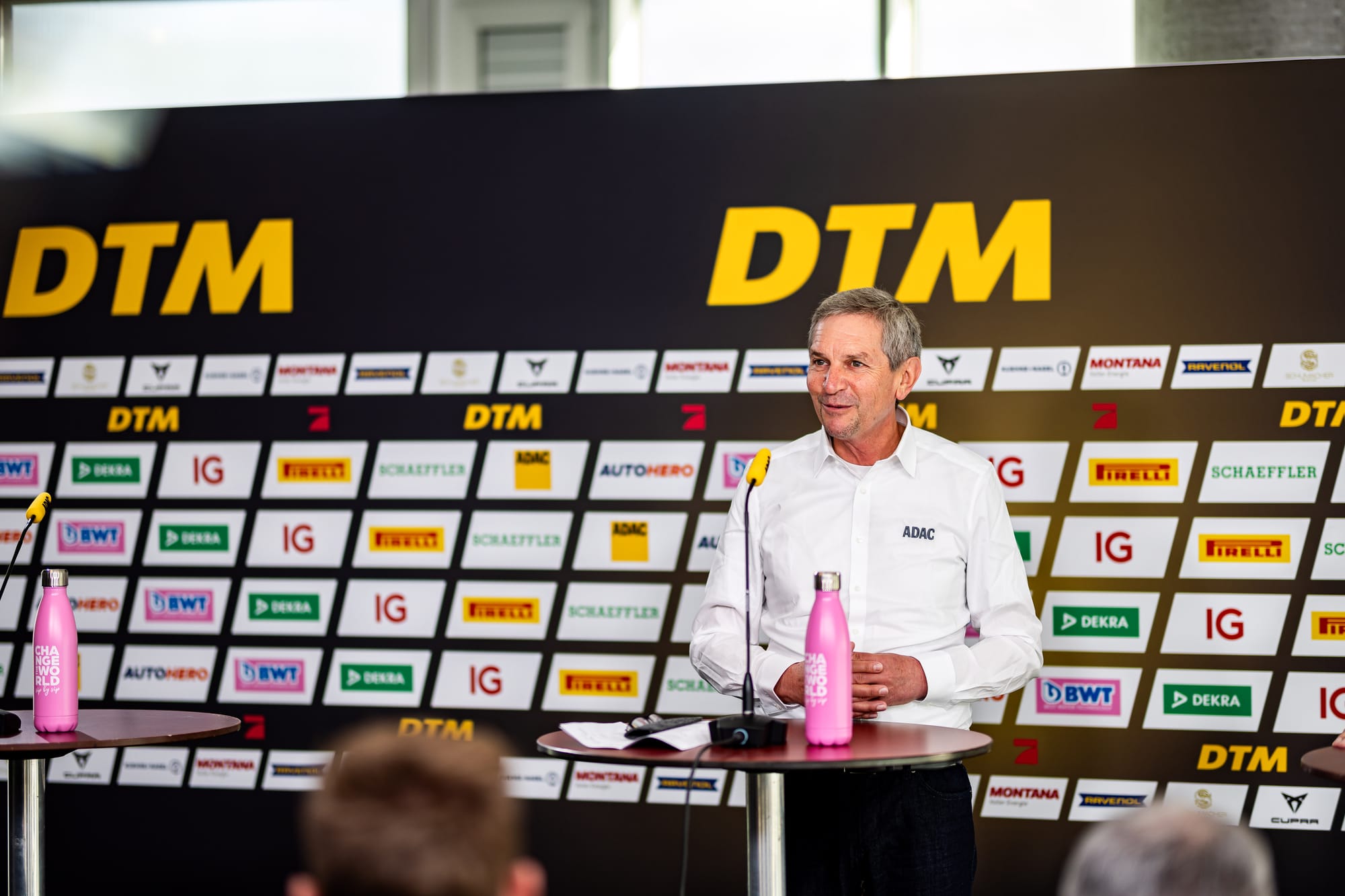
"So our guys had 180 days to prepare the season's events, which is... nothing. Normally you need two years to get ready.
"So I'm really surprised how they got it, I think we had a great year, a great first year."
THE SAME: MUCH OF THE CAST
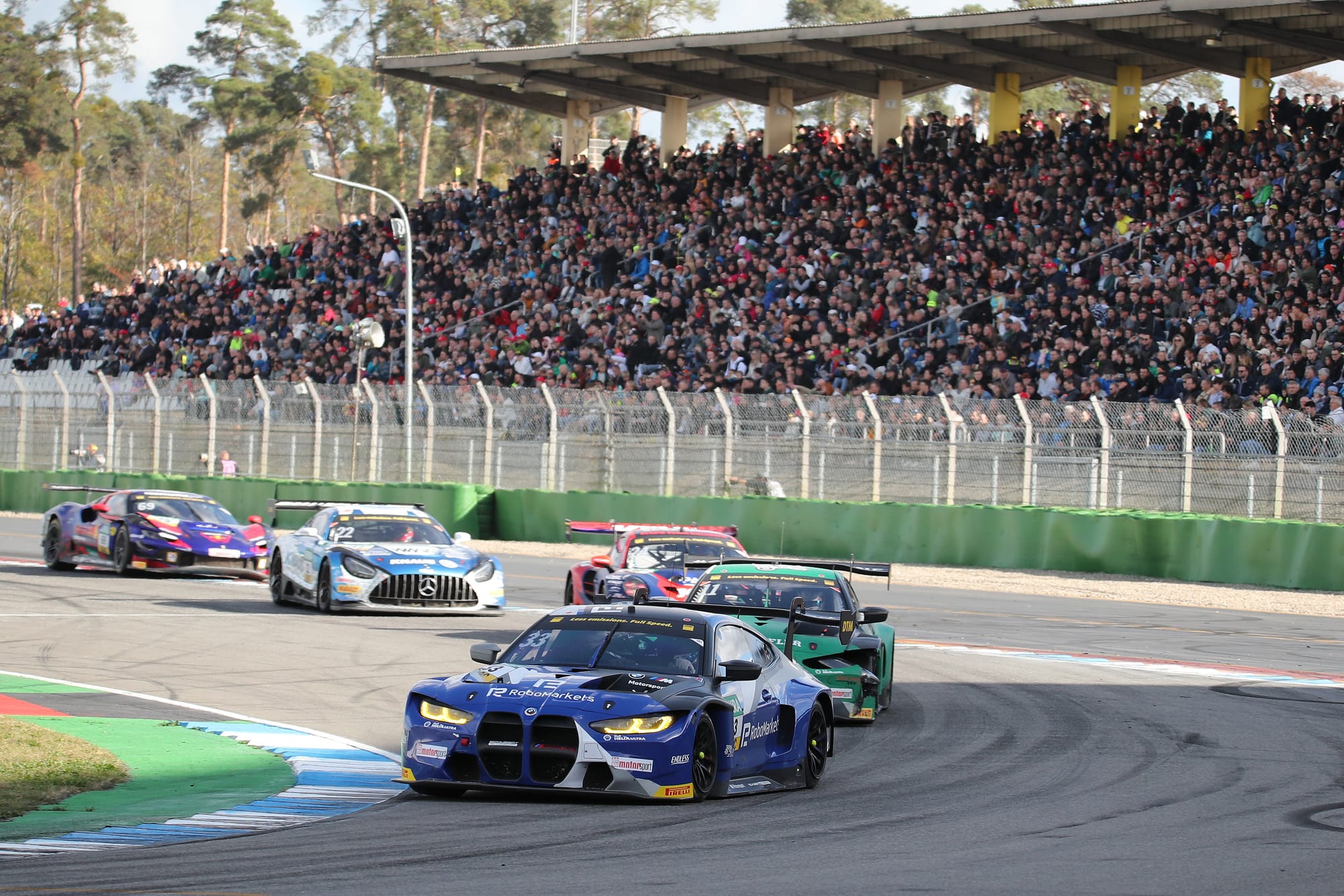
Outside of the organisational matters, though, it was easy to recognise the DTM lineage standing in the paddock.
As Tomczyk and Abt unveiled their Red Bull-liveried Audi, 2013 champ Mike Rockenfeller observed from the side. Long-time Mercedes DTM driver Maximilian Goetz was there in the paddock, too, due to his ADAC GT Masters gig, and his team's managing director Ulrich Fritz was easy to spot, too, a figure with a major DTM history of his own.
Of course, that's mostly anecdotal and doesn't paint the full picture, especially as Abt is a cherry-picked example - the team that's been there since the start, and effectively the only pre-GT3 holdover.
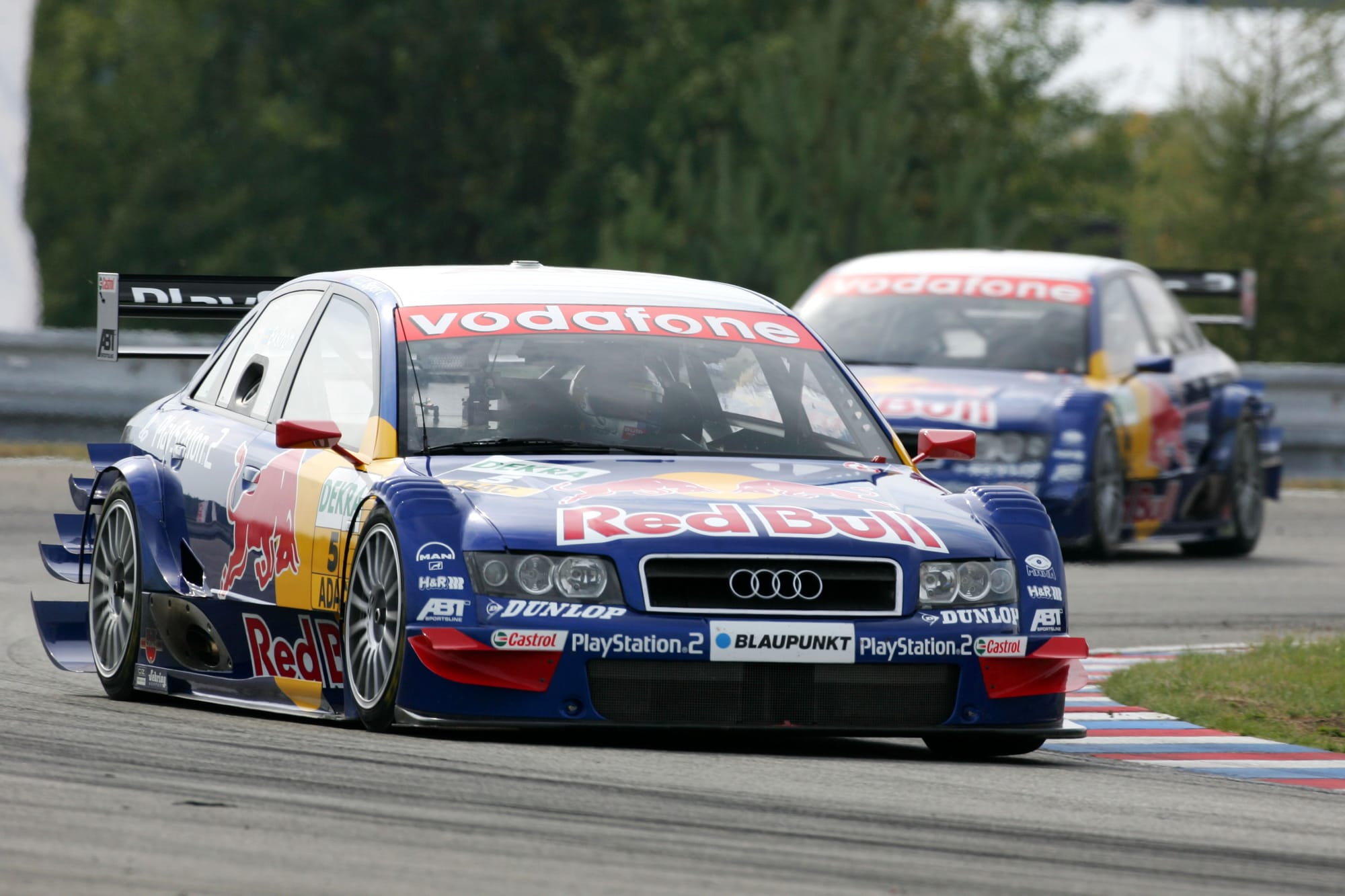
"I mean, there are many new teams," said Tomczyk. "We are the only team who have done it now for 24 years in a row, and I guess from the very beginning there are no teams at all anymore here. But, yes, you see faces like [former Mercedes motorsport boss] Norbert Haug running around here - but obviously, yes, as well, the people are changing.
"And it's the right way to change, you know? Young people have to come and develop the championship to the next level."
Most effective, though, in conveying continuity are several high-profile presences on the grid.
Rene Rast, who cemented himself as a DTM all-time great in a fairly short stretch in the late 2010s, came back full-time last year. Marco Wittmann, arguably the face of BMW's DTM involvement, never left, swapping a Class One M4 for the marque's GT3 cars. And on Mercedes' side, Berger's accomplished nephew Lucas Auer and Maro Engel contribute to the familiarity.
A pair of GT3 wins for Rast have taken him to 26 as his DTM total. But does he count those 'extra' two as a genuine part of the overall?
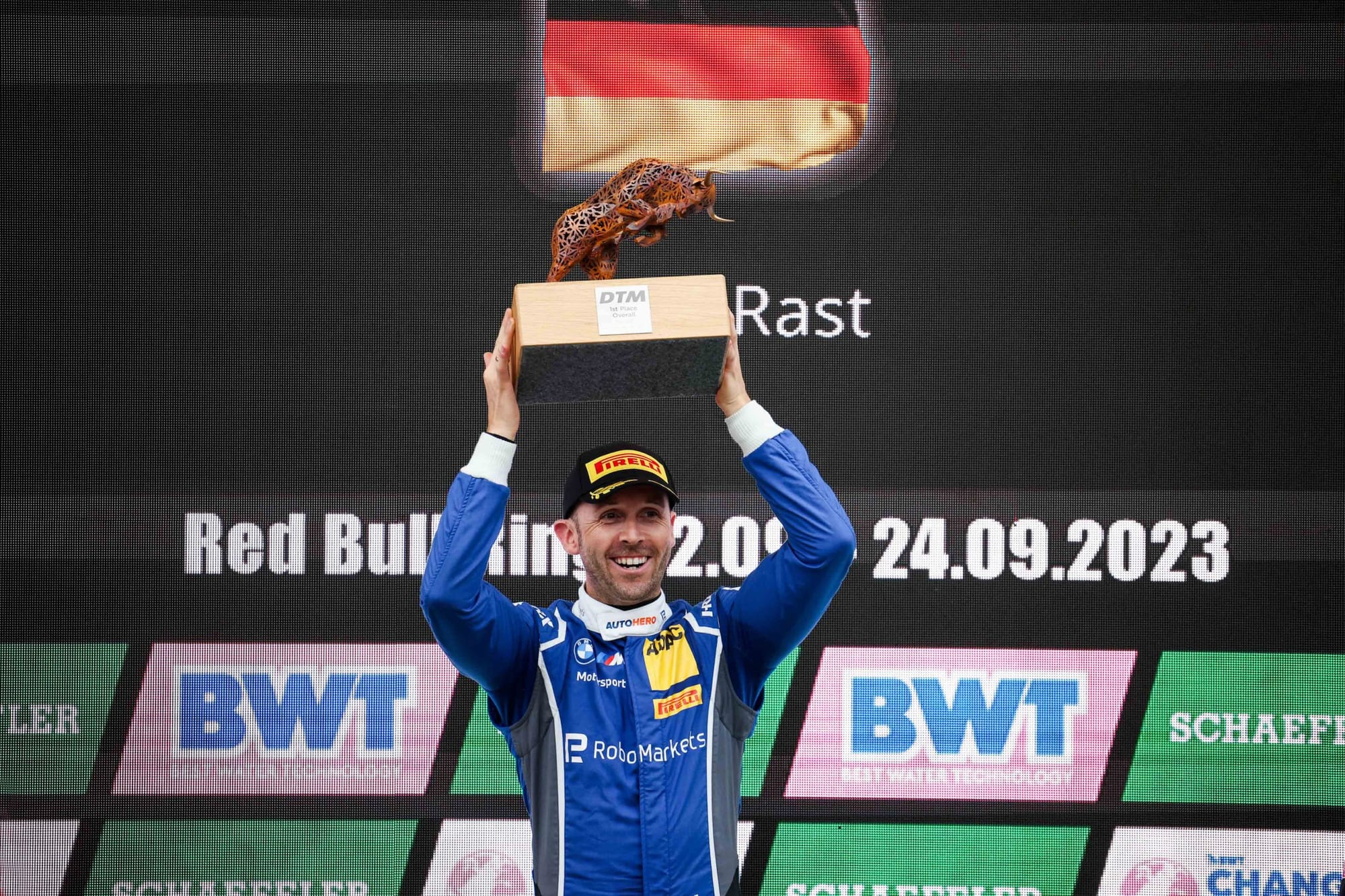
"Yes," Rast insisted. "Obviously it has changed a lot - but it's still a DTM race, so I still count it as a DTM win.
"In the past we have always seen lots of changes in the DTM, right? Different cars, different manufacturers, different drivers. Prototype cars, GT cars, I don't know in the past what they were called.
"But yeah, it's still DTM and I still count it."
"It has changed in an extreme way," acknowledged Wittmann - but he disagreed that it felt like starting from scratch.
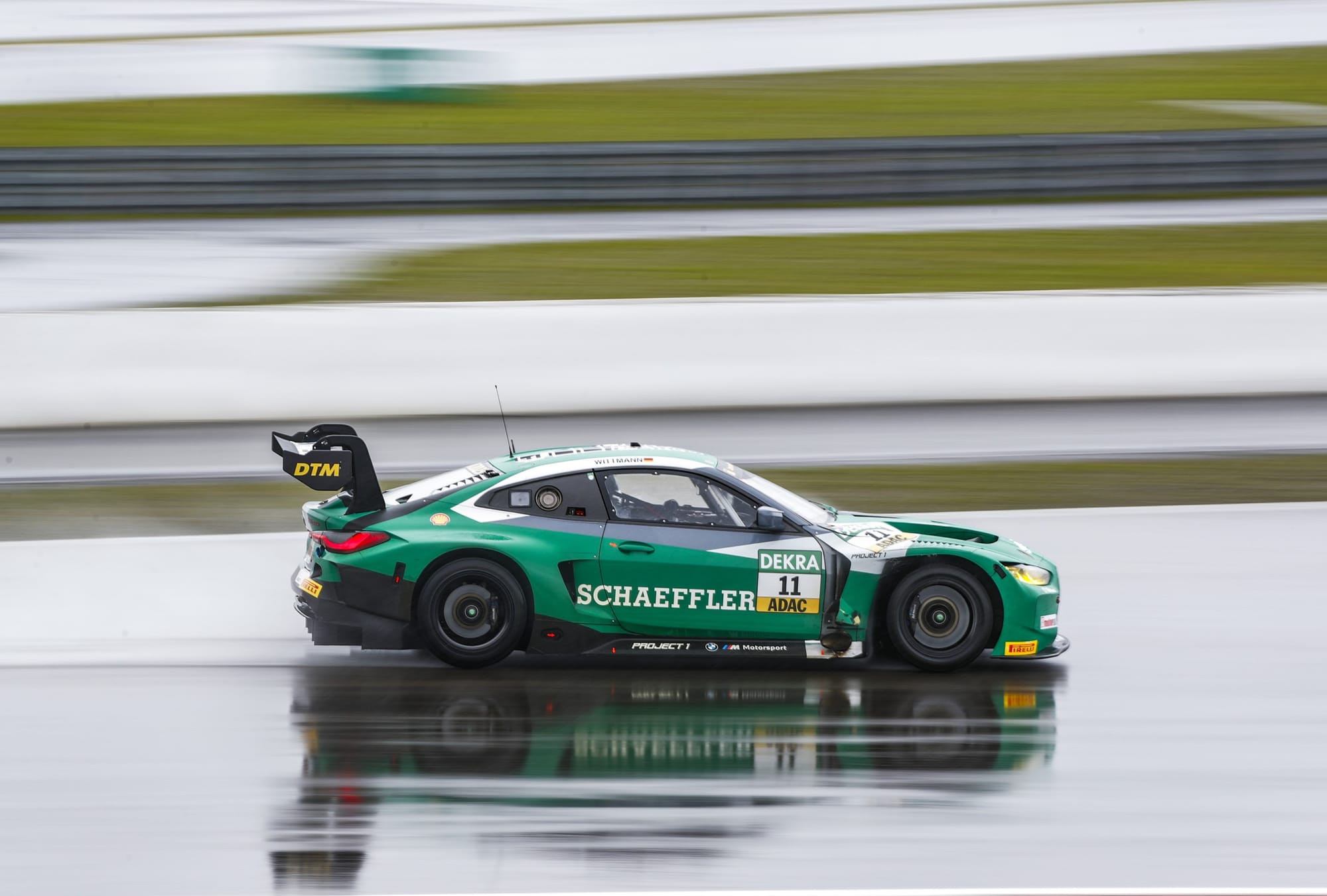
"Not really. I think the approach is still the same in the DTM - procedure-wise, handling-wise, even if it's a GT3 car, it's still the same.
"You really need to squeeze out all the little details from the car. I would say obviously to run a DTM Class One car was, yeah, more special, more specific - in many aspects, in the set-up, in the driving behaviours, the car had a lot more downforce.
"But you still need to go in the details also with a GT3 car. You still need to be very precise and detail-driven. And I think it shows that the teams and drivers who put a lot of effort in, they are still up front here, so it just shows that actually the approaches didn't really change from DTM Class One times to GT3 customer racing."
DIFFERENT: DRIVER HIERARCHY
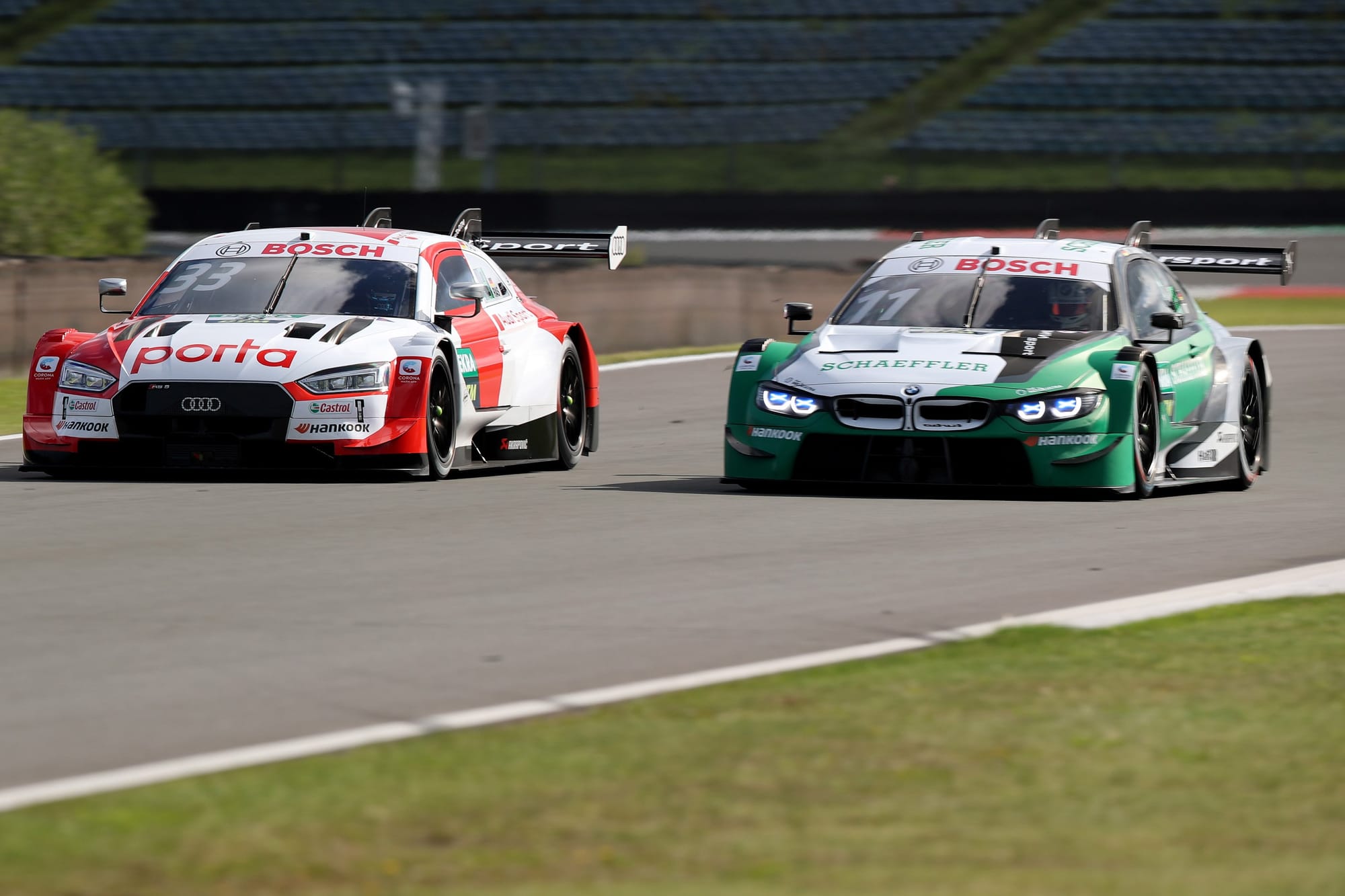
But if Rast and Wittmann (pictured above in the final Class One season) more or less defined the final decade of the pre-GT3 DTM, it's not just the grid that's changed around them but the hierarchy including them.
The first GT3 season was a title battle between Liam Lawson (rookie), Kelvin van der Linde (GT3 standout who never raced in DTM's Class One or its earlier 'prototype' guises) and Maxi Goetz (GT3 standout who did race in DTM's pre-GT3 era but made little impact). Goetz ultimately won the championship - a solid driver regardless of the infamous circumstances of his triumph, but almost certainly not one who would've got to call himself DTM champion without the GT3 switch.
But the two champions that followed, Sheldon van der Linde and Thomas Preining? They both would've totally made sense as protagonists in the older DTM, too.
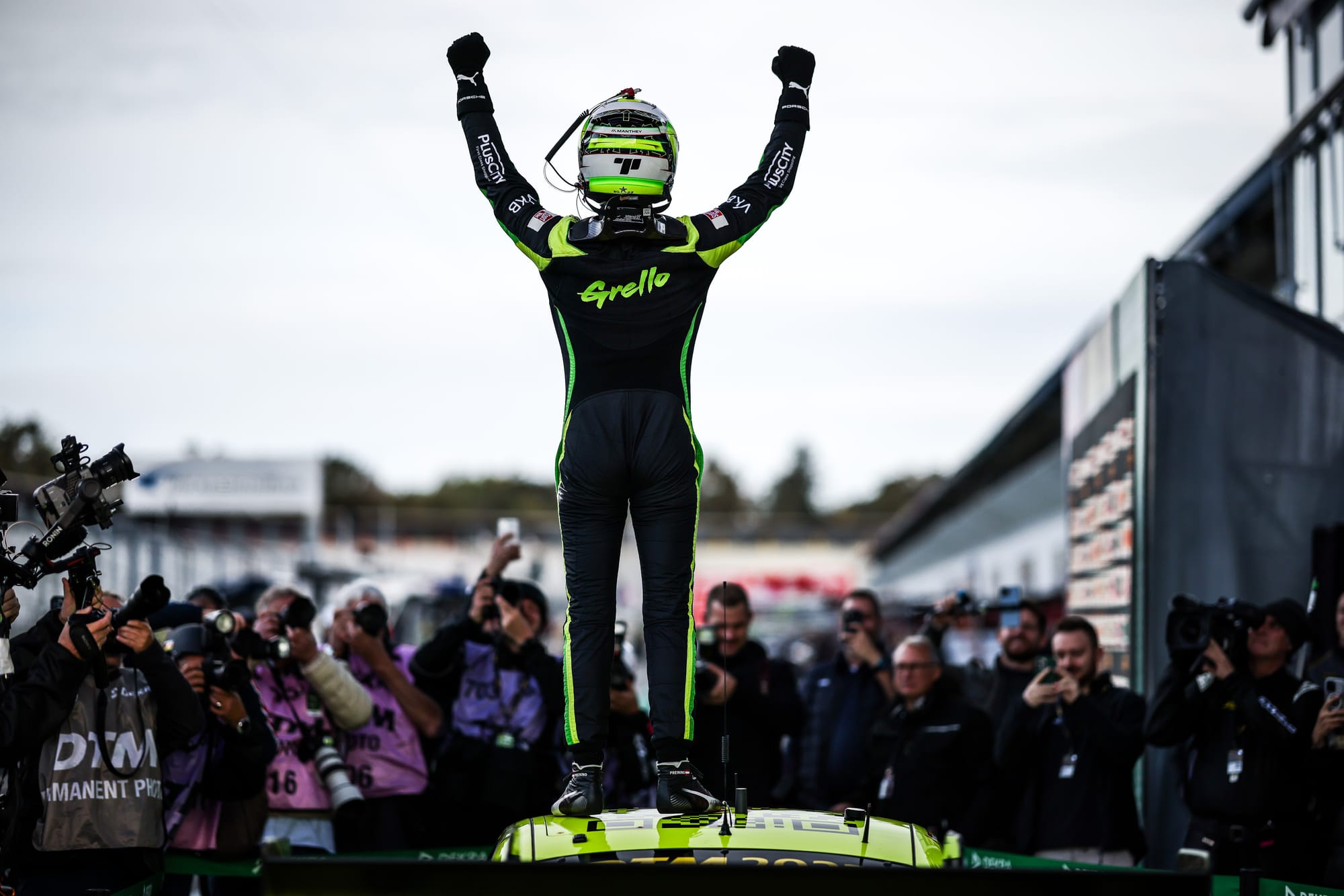
For Preining, the complication would've been employer Porsche not having a Class One programme, but his pre-DTM CV is very credible. And van der Linde? Being a BMW driver, he did get to contest the two Class One seasons - and was very obviously one of BMW's best drivers in the M4 DTM by the end.
"It would have been nice obviously to be close to the championship fight in Class One," van der Linde acknowledged, describing that M4 as "probably the best car I've driven to date" and pointing out that he'd just figured out maximising it in race trim when the switch to GT3 happened.
"It's just such a different way of driving because you manage the tyres in the races on the [past tyre] Hankook, which was super-high-deg, whereas now [on the Pirellis] you don't really have much of that. It's more just about strategy and qualifying in the front.
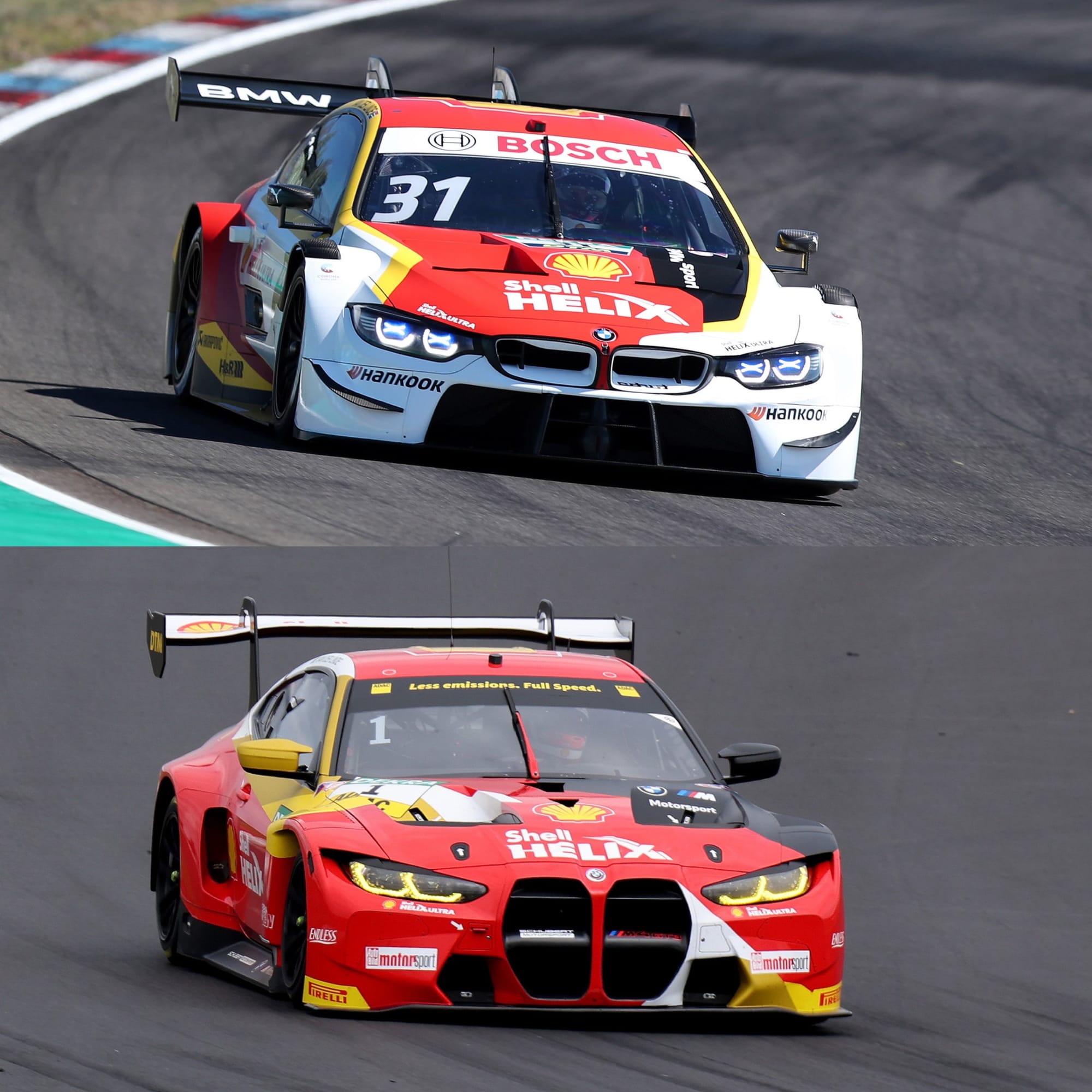
"I would have definitely liked another shot at it, one or two more years for sure, at least. And it would have been nice if it carried on forever, to be honest.
"But it's still nice to be racing in new DTM."
THE SAME (MOSTLY): GRID DEPTH
The emphasis on different skillsets and a considerable refresh of the driver roster has not necessarily meant a pivot away from that familiar DTM style of ultra-close qualifying sessions and the high variance in winners.
As many as 12 drivers took wins in the most recent season, with only title rivals Preining and Mirko Bortolotti getting more than one. Seventeen drivers stood on the podium. Somehow, neither is a DTM record - go figure - but that just means it is indeed close in spirit to the version of the series from a decade ago.
"Most of the races it's between one second, most of the grid, or eight tenths of a second," said DTM comms chief Oliver Runschke. "In terms of competition it's really good."
"Qualifying, the margins are so tight, I think for depth of field we have probably the strongest GT3 grid anywhere," said Jack Aitken, one of those 12 winners and a one-time F1 grand prix starter with Williams.
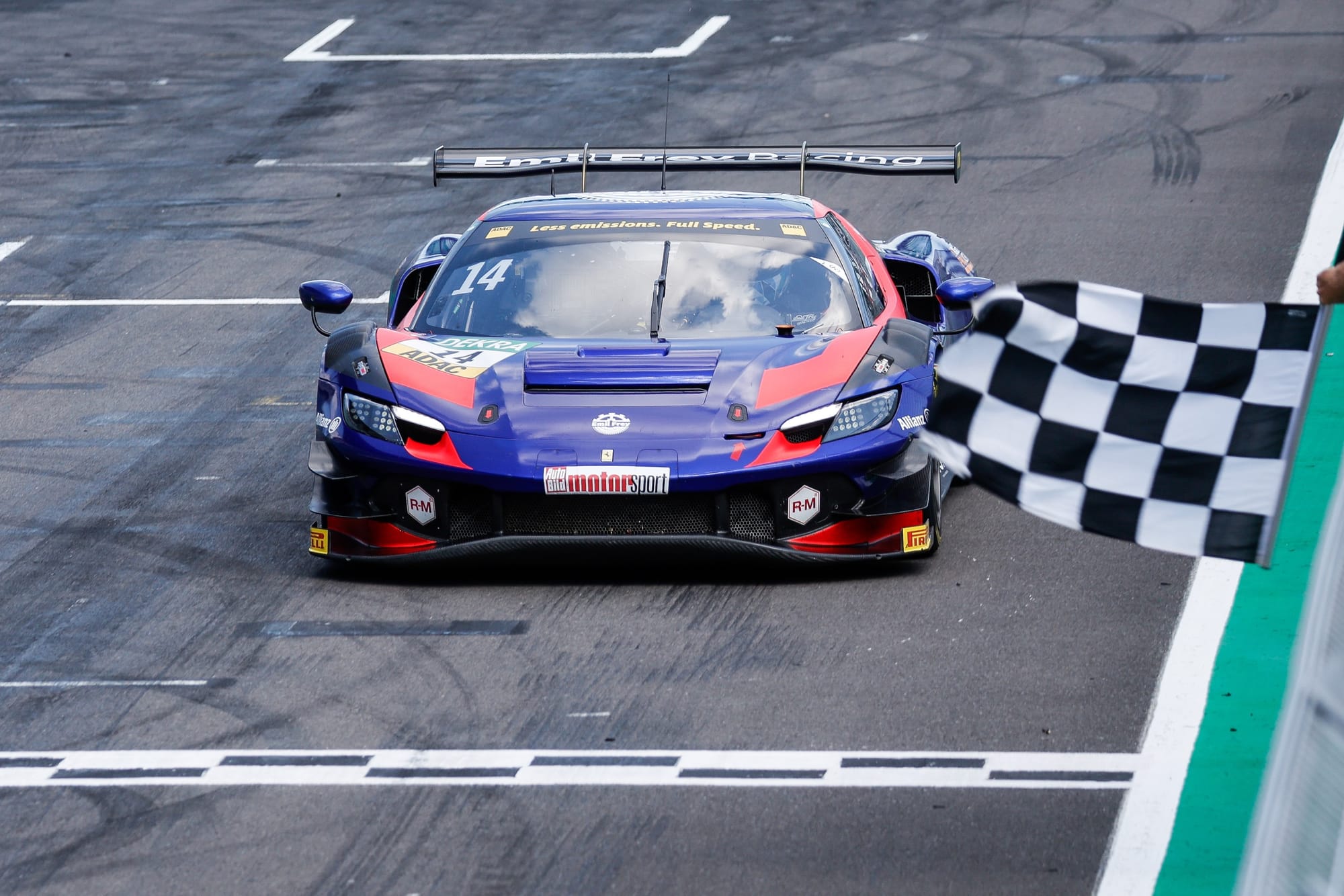
"[Team-mate] Thierry [Vermeulen] is a good example, he's a guy that doesn't have a lot of experience but has come on massively this year. You look at how he's performing in the GT World Challenge Sprint, with Albert [Costa], and they're doing a fantastic job, topping timesheets and getting podiums. And then Thierry comes here and sometimes it's a bit of a slap in the face because he's only a couple of tenths off, and then it's actually, 'You're P15, mate'.
"That's really really cool to see, that it's so close, and you have to get everything right to be at the top."
At the same time, the importance of the championship being the landing spot exclusively for paid, professional drivers was stressed.
"There are many other championships where you can have a pro driver and an amateur. Here, we need full pro driver line-up," said Tomczyk.
There were three drivers who started six races or more in 2023 and didn't score a single point, including sometime Formula 2 driver Alessio Deledda - who never qualified higher than 25th.
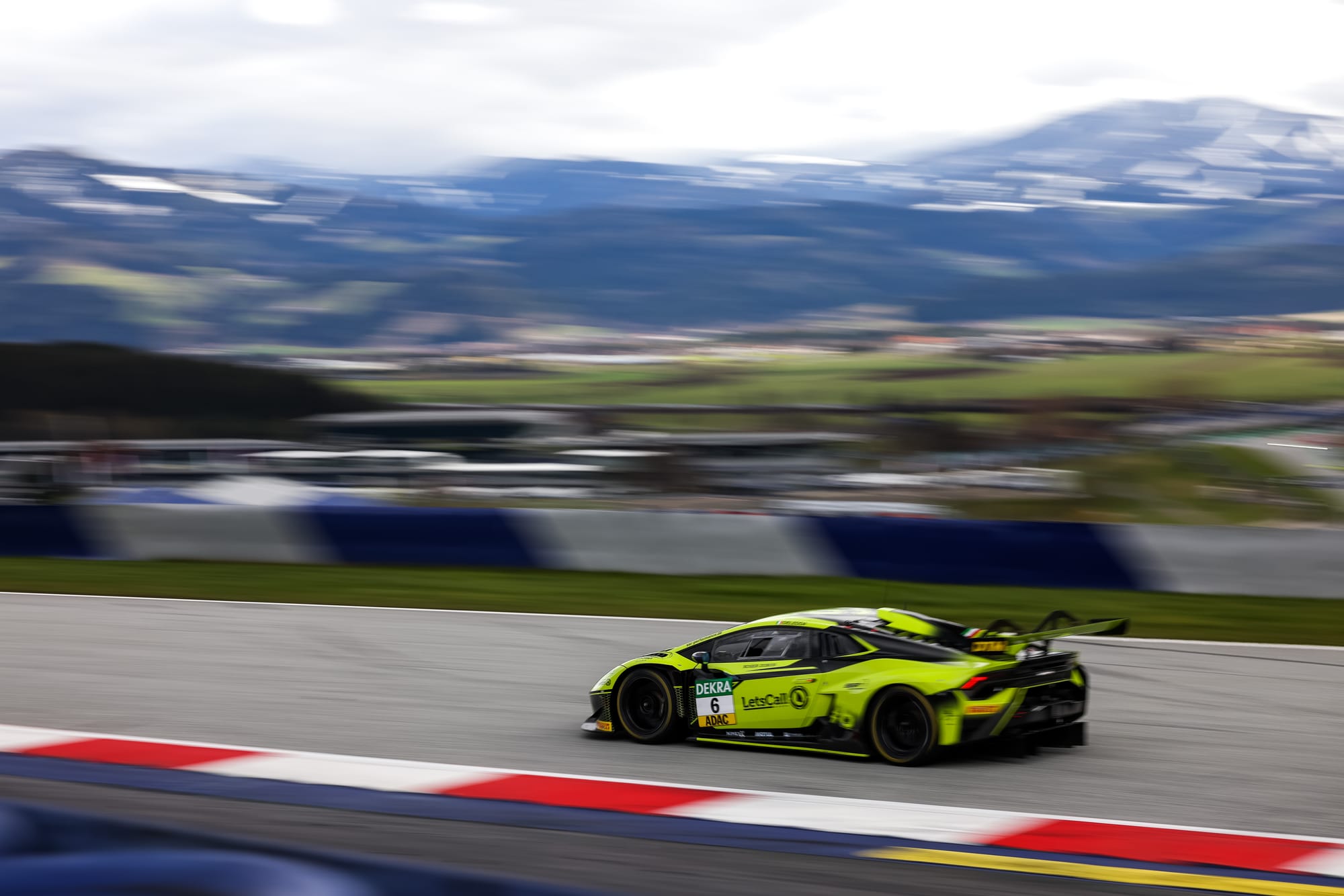
"But he brings money, to refinance, and I think this is the wrong way," Tomczyk added.
Then again, it's not like this was a situation completely foreign to older-style DTM, which had some stragglers and budget-bringing privateers of its own.
DIFFERENT: NO (BLATANT) TEAM ORDERS
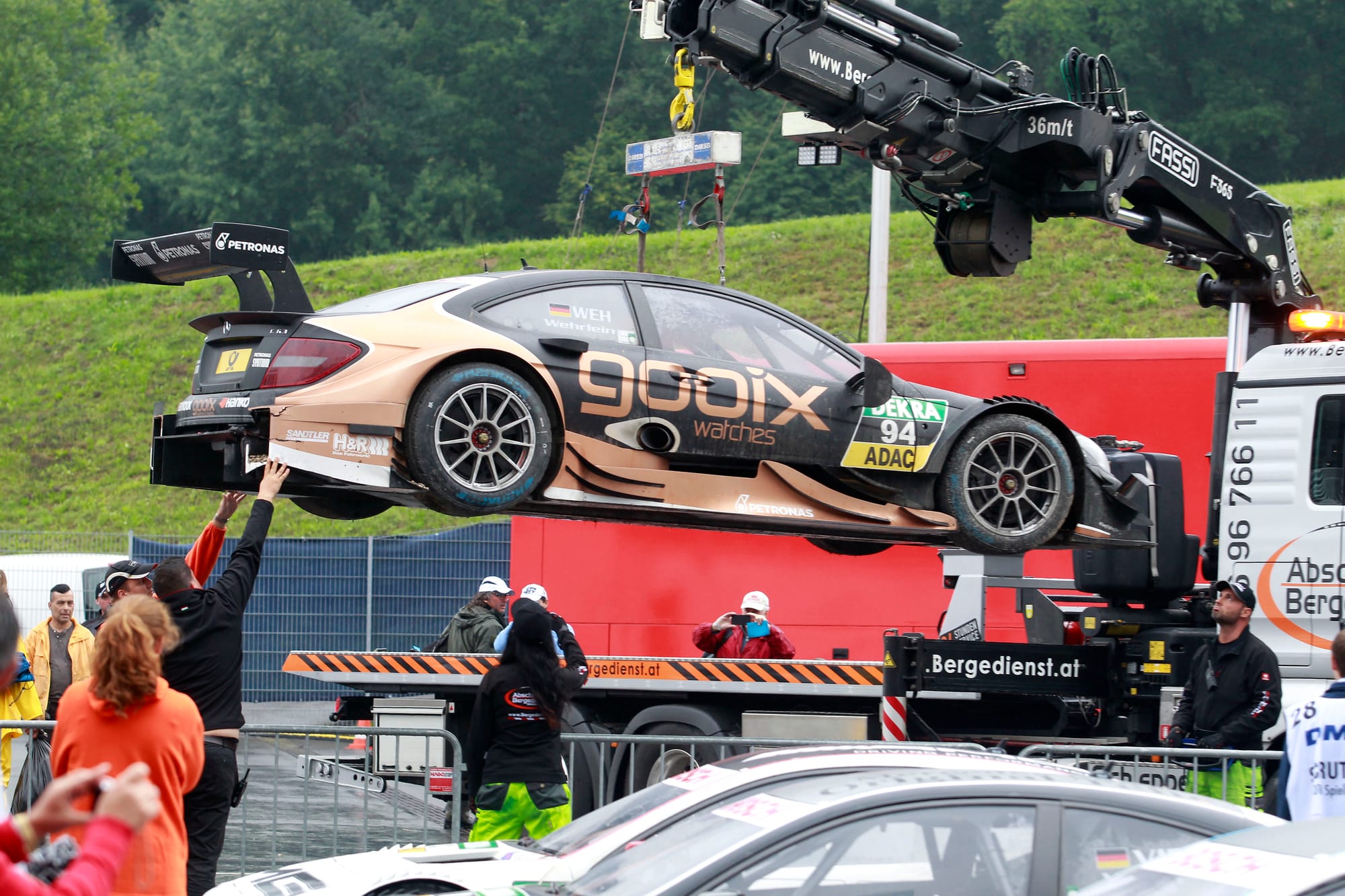
The old DTM was a championship of millisecond competition and huge results variety, yes, but also one famous for huge amounts of race orchestration.
The immortal 2015 'schieb ihn raus' was its most famous and delightful team order scandal, an Audi driver going bowling with a pair of Mercedes cars after hearing "push him out!" on the radio. Most cases of team orders, though, were of the rank-and-file variety and not at all concealed - a manufacturer being aware who its main title contender is and having its many other drivers either wave that contender by or play rear-gunner behind them.
The first season of GT3 also featured more of that, but the logical apotheosis of such an approach in a series where some brands are represented by many more cars than others led to an impressively gross, Liam Lawson-robbing title decider at the Norisring and prompted the DTM to take action.
Team orders were banned for the following year, under threat of a €250,000 fine, and have remained that way.
"We had a lot of things going on in DTM," said Tomczyk. "And it was sometimes very strange races that we saw, and not the races that we actually want to show the spectators. At the end of the day I think team orders are not that critical anymore, because you anyhow race within your team, you don't have the manufacturer observing all the Audis or all the Mercedes, whatever. So it's not that critical anymore, I would say."
A suspected case of race manipulation at the Nurburgring - where it looked for all intents and purposes like Bortolotti's SSR Lamborghini team-mate Franck Perera was deliberately holding up title rival Preining from a lap down - was extensively investigated and cleared up.
At Hockenheim, there were what looked like implicit team orders over at the Manthey Porsche team, with Dennis Olsen tucking in behind team-mate Preining in Saturday's race without really making much of an effort to go for the win - given Preining was in the thick of the championship fight.
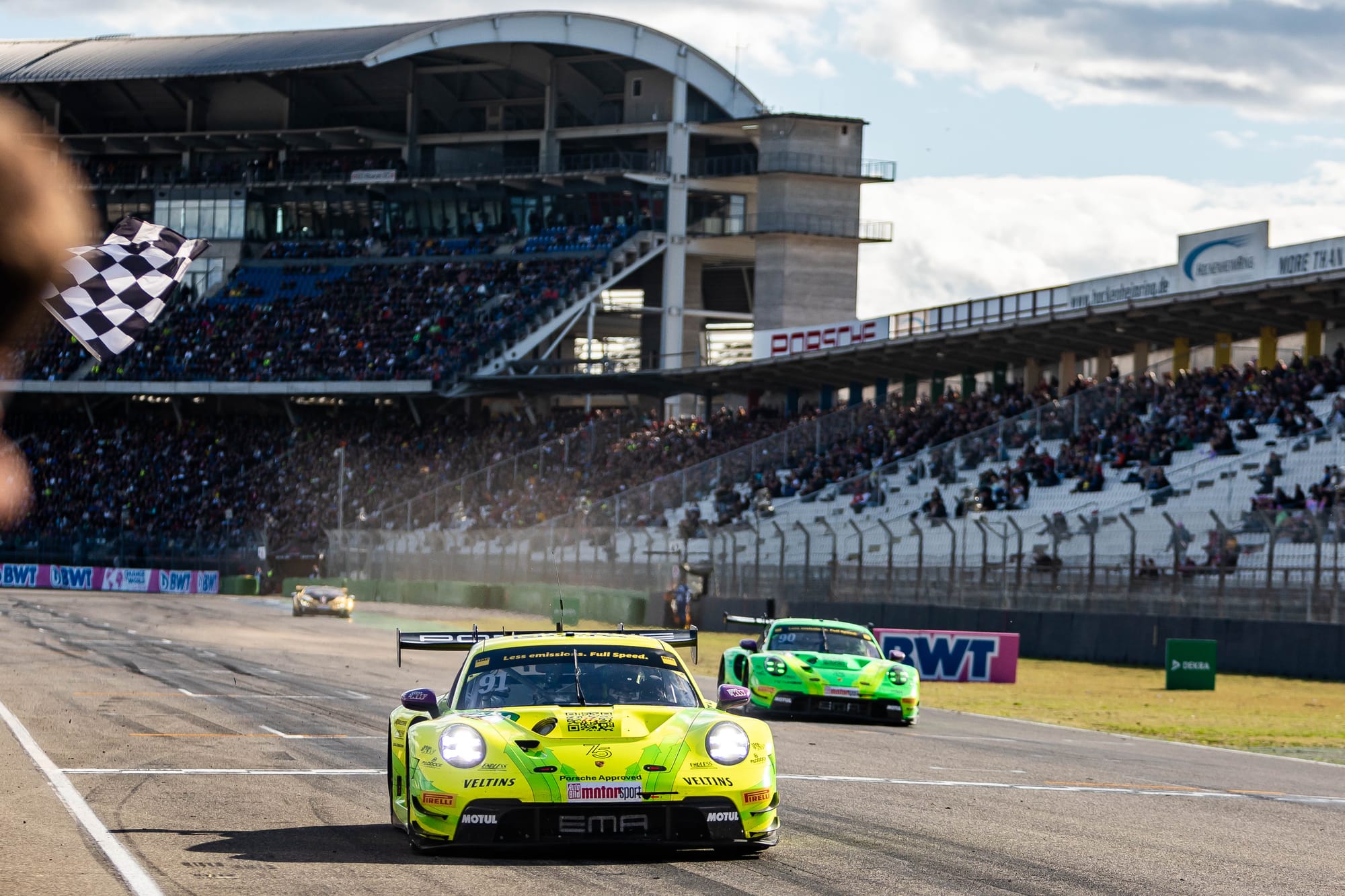
This, though, seemed to be accepted by everyone as a different matter.
"This is the season why they are pro drivers, you expect from them that they as well have a little bit of brain," said Tomczyk.
"At the end of the day, I think this is not really down to team orders. That's clear, a clear idea to have to go into a race."
THE SAME BUT DIFFERENT: POLITICS
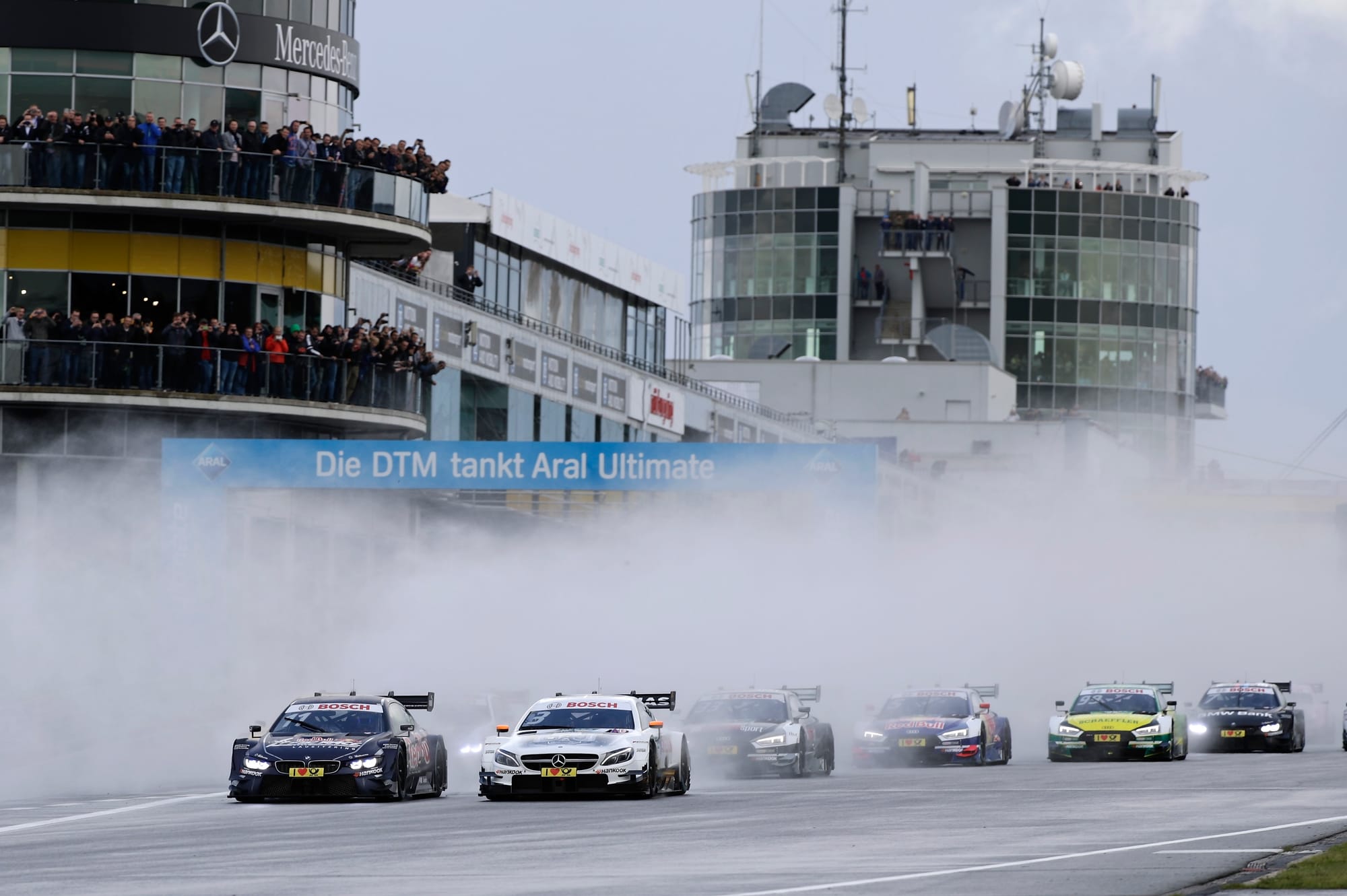
"Having the influence of manufacturers, having manufacturers present at the platform, is sometimes a benefit, sometimes it's a disadvantage," said Ennser, comparing the current DTM to its carmaker-driven past.
"And now we see the players we have now are the teams. Of course the teams have some kind of support from the manufacturers, but I think for a promoter it is easier to deal with teams than with manufacturers."
Indeed, the manufacturer-led DTM would lurch from one regulation to another, amid bickering behind the scenes and the always-present implicit threat that none of the participants is ever that far from shuttering their programme and racing somewhere else, with Mercedes eventually opting to do just that in pivoting to Formula E.
There's still clearly manufacturer influence under the current model, and the DTM says it is in constant conversation with manufacturers to ensure it can field a varied, healthy grid. But in terms of flat-out works teams, only reigning champion Manthey really qualifies - being majority-owned by Porsche - while the rest of the roster is varying degrees of independent.
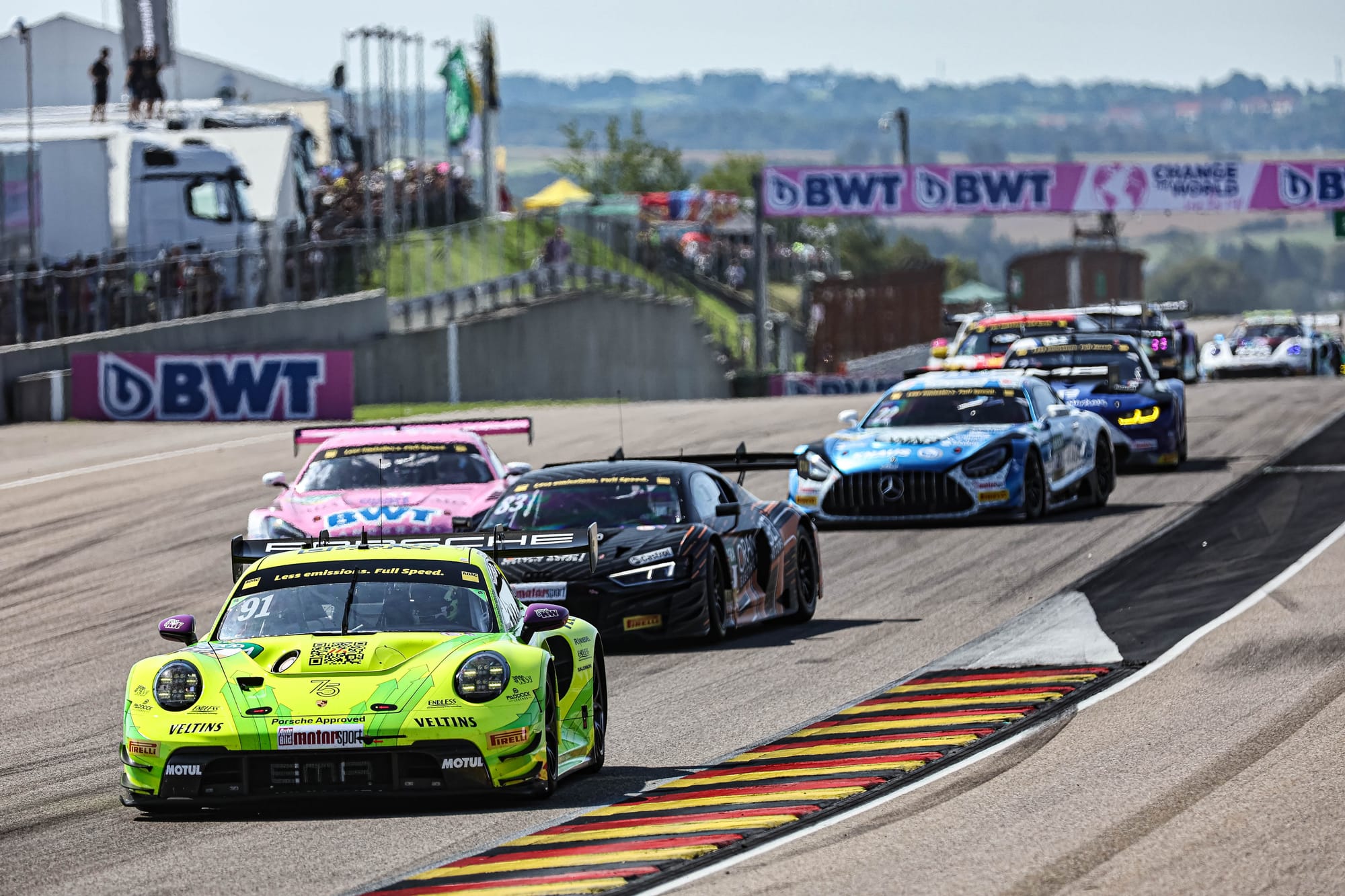
But it's not like racing teams are immune to squabbling, and now that DTM is a GT3 championship the big topic for squabbling is, inevitably, Balance of Performance.
This is the remit of the Stephane Ratel Organisation - the GT racing giant that operates the GT World Challenge and a host of other categories and events - and it would be naive to imagine the presence of BoP hadn't played a part in making a 12-winner season happen.
Aitken described the BoP in the DTM as "hyper-reactive" compared to how it's handled in WEC and IMSA, and says there are pros and cons to both approaches.
"I think they generally do make the right decisions and the field spread is quite small," he said of the DTM BoP.
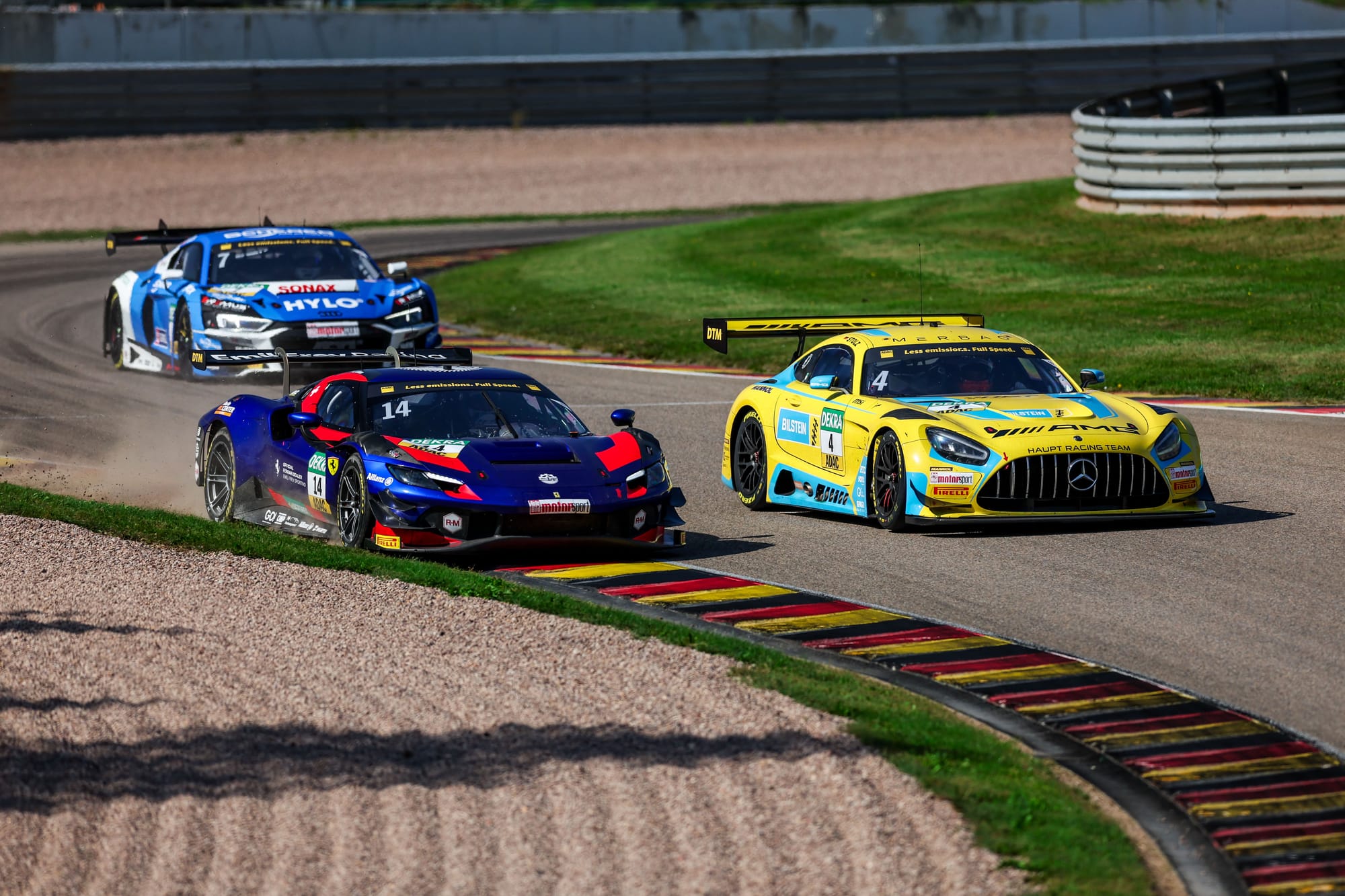
"However, sometimes, the series can fall victim to people playing a lot of games. Because they know that if they sandbag towards the bottom they'll get an increase."
He then added sarcastically: "As everyone will tell you, every car is run flat out, with new tyres and low fuel. I don't know. It's just part of the game these days, sadly."
"Everybody complains," said Runschke. "For Red Bull Ring we had the Audi win on Saturday and on Sunday they complained about BoP."
The aforementioned Saturday race was a mixed-weather one, but, Runschke stressed, dry conditions were where Audi did the damage.
"Every day one of the teams or one of the manufacturers would be unhappy, maybe next weekend happy," said Ennser. "But, having 12 different winners tells the story, I would say."
DIFFERENT: THE RACING DILEMMAS
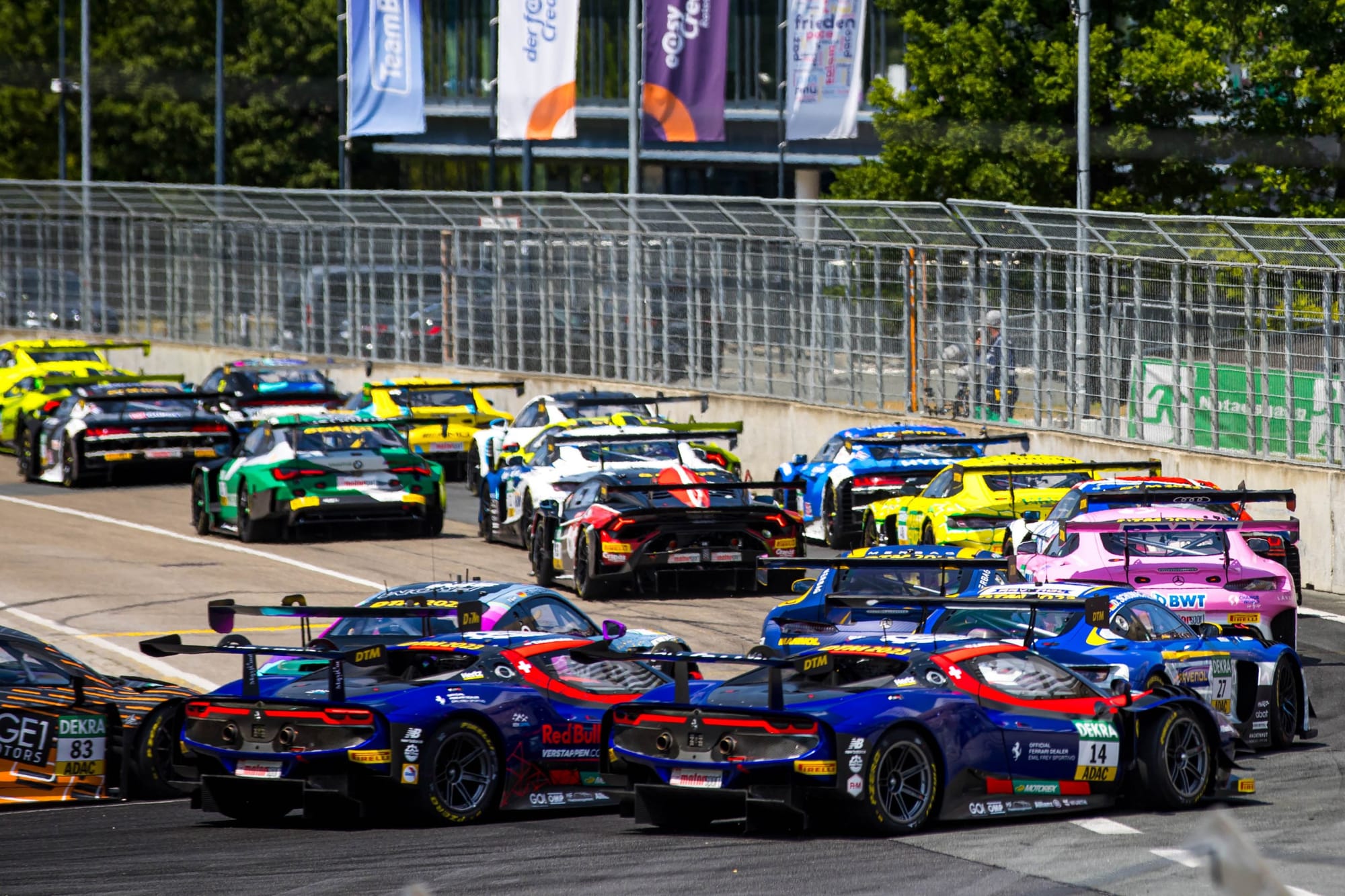
Some of those The Race spoke to felt the racing was clearly better than the Class One era. Others, though, were clear that the quality can be improved - and that the freedom that existed in the DTM of the past when it came to tweaking the sporting regulations isn't really here by default.
For instance, DRS - as much as it is maligned in many corners of the wider motorsport fandom - used to be a feature but is a non-starter here, the GT3 designs just too different across the board to accommodate it.
"I remember the race when - I think it was even here [at Hockenheim in 2019] - I stopped twice and was last and passed the whole field within, I don't know, five-six laps, because I had fresher tyres, DRS and push-to-pass," said Rast.
"And nowadays with these cars you can't do that anymore. If you're stuck in the back, you're kind of stuck in the back.
"But you also saw very straightforward races in Class One. I think this year is much closer, more action, more contact."
"I think for the overtaking there is probably not much we can do with GT3 cars because we cannot implement a DRS wing - we have too many different concepts and different brands," said Wittmann.
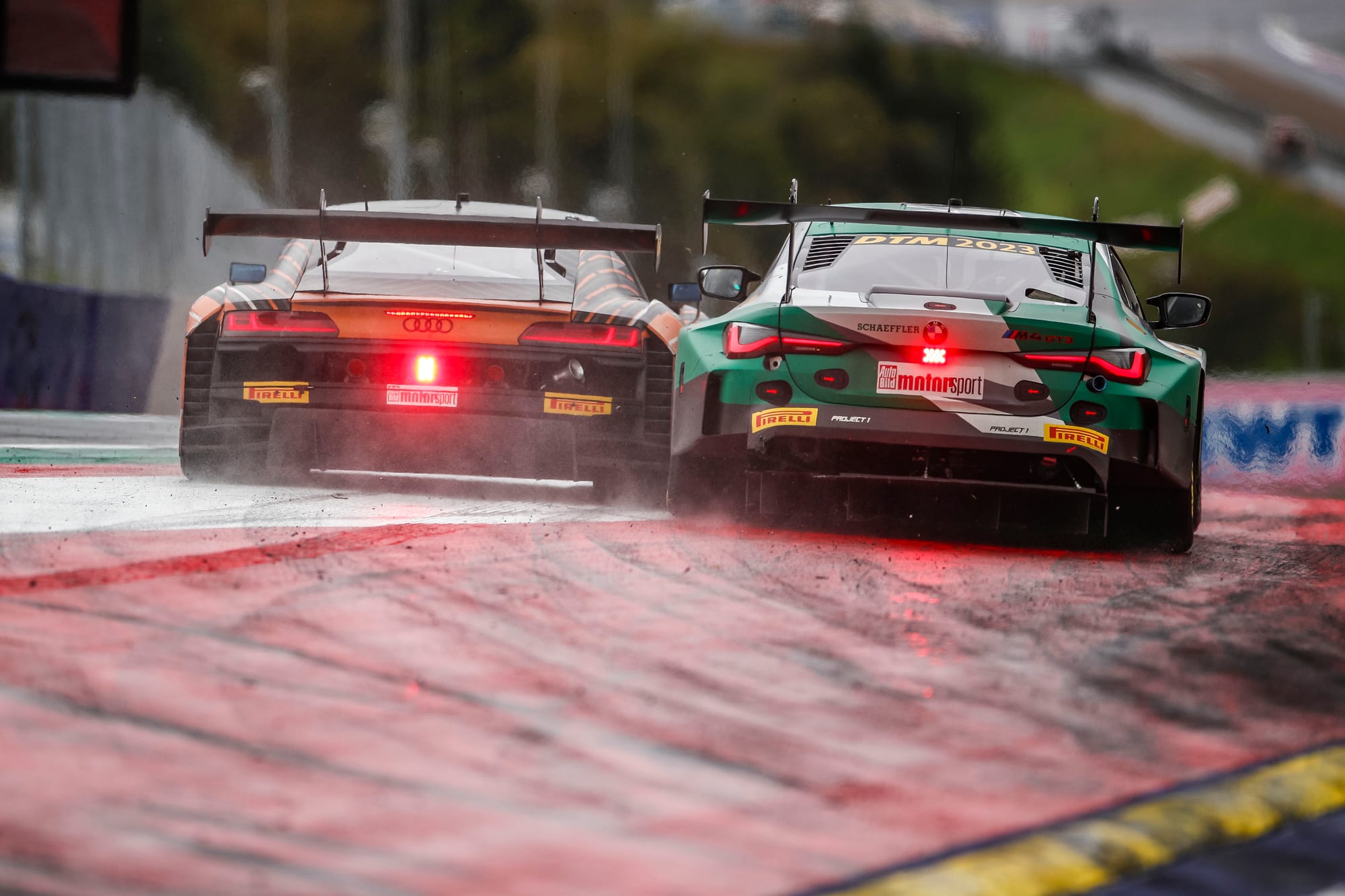
"Push-to-pass could be an option, maybe even connected with a hybrid - obviously this is not my business, I mean, it's just something for the future maybe we could consider or think of.
"And then obviously the biggest factor is probably the tyre. If you would have different tyre compounds or tyres with a higher deg, I think the racing would be a bit more challenging and probably could bring more excitement, for us drivers but also for the spectators."
Tyres are also the primary consideration for Tomczyk and his Abt team - but also because he sees a clear move that the DTM needs to take to eliminate a major cost-driver and a needless cost-driven battleground.
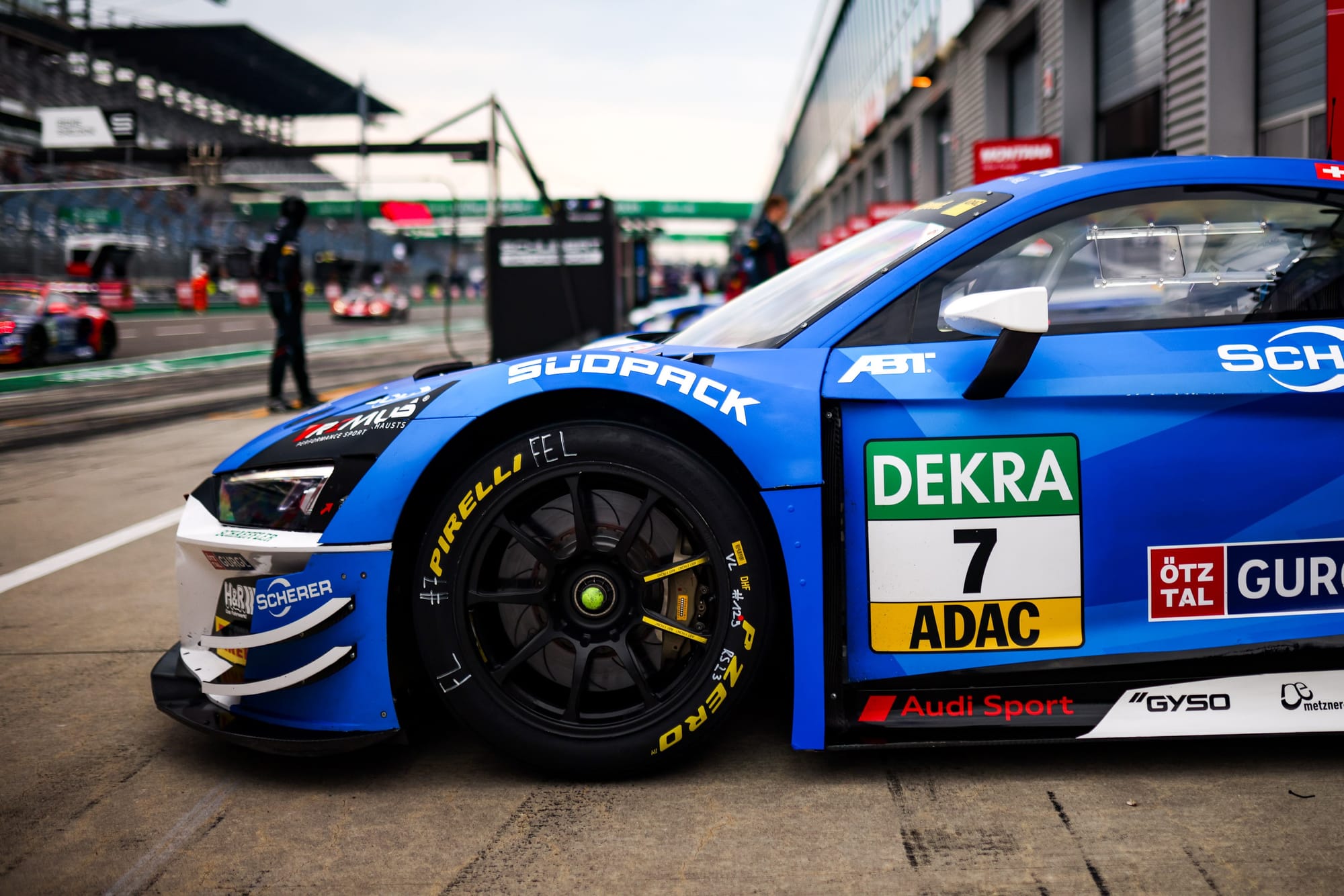
That battleground is testing, which is unlimited - and for which any limits would anyway be "very difficult to observe". And the proposed move is the introduction of a bespoke tyre.
"Now this tyre goes all around the world, this Pirelli tyre. And I could jump in every GT3 car with this tyre and have the setting that I have here," said Tomczyk.
"[Back in the day] a DTM tyre was a DTM tyre, there was no other championship on this tyre.
"I think this is the way that they should work on quite hard."
BUT WHAT IS DTM'S PLACE?
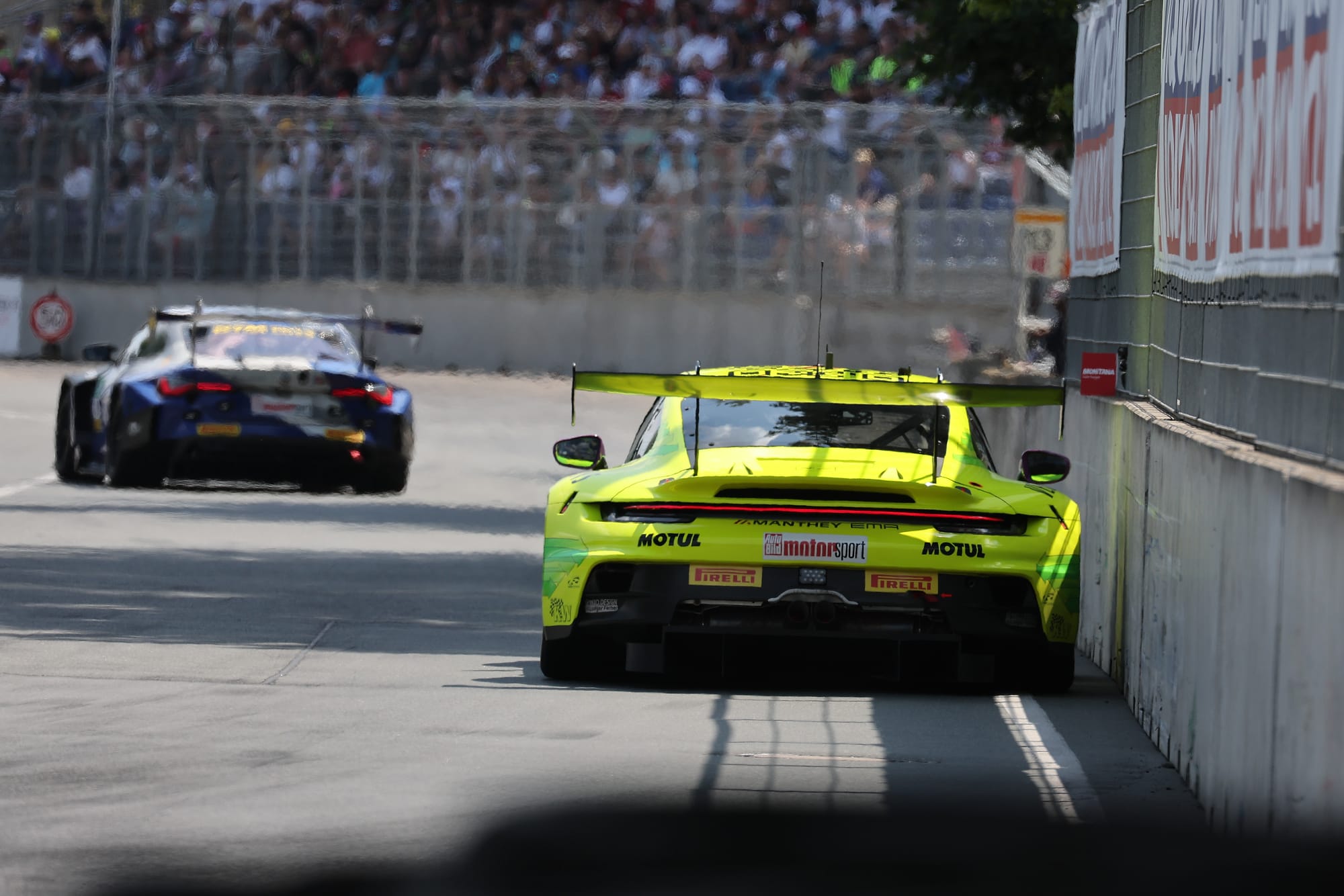
An unintended consequence of the metamorphosis undergone by DTM has been the marginalisation of ADAC GT Masters - the strong, long-running national GT series that found itself, for most of 2023, sharing the track with the DTM while running the same cars.
At Hockenheim, the two-drivers-per-car series had 12 entries competing - compared to 28 for the DTM.
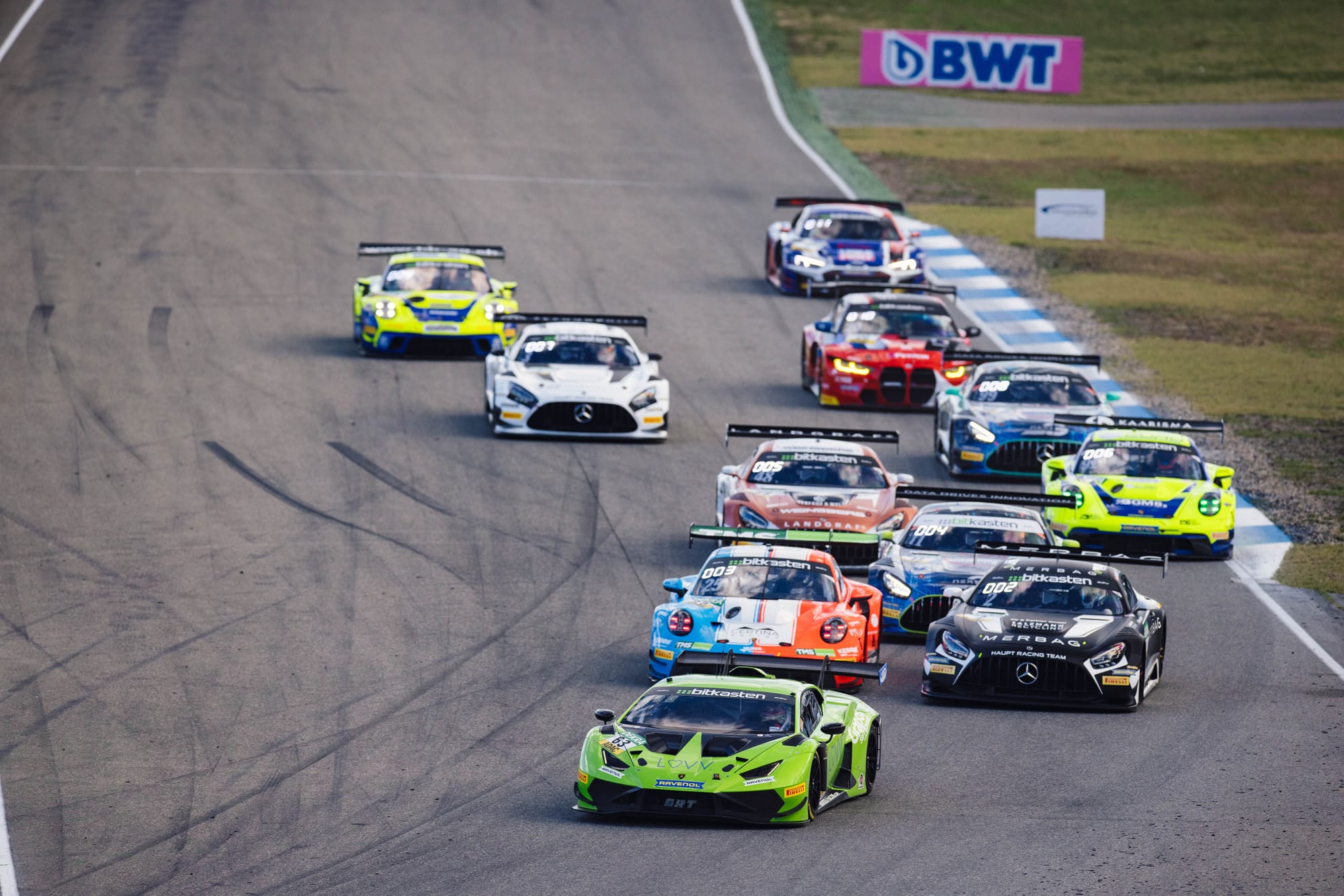
"I hope that they find the right turn or ideas, unique selling points, to revive this championship. But it's also difficult to somehow have, as a support series, the GT Masters, and the spectator actually sees twice the same cars," said Tomczyk.
ADAC's current solution, starting from next year, is positioning ADAC GT Masters as part of an IndyCar 'Road to Indy'-style system with DTM at the top - and Road to Indy-like financial rewards to help drivers move up the ladder and promote their participation.
GT Masters would thus become what long-time support series European F3 used to be. Before it merged with GP3 to become the F1-supporting current FIA F3, the European series did send a lot of drivers towards F1, yes, but also positioned many of its frontrunners to be hoovered up by DTM manufacturers in case they preferred the stability of manufacturer employment to the often fruitless quest of pushing further up the junior ladder.
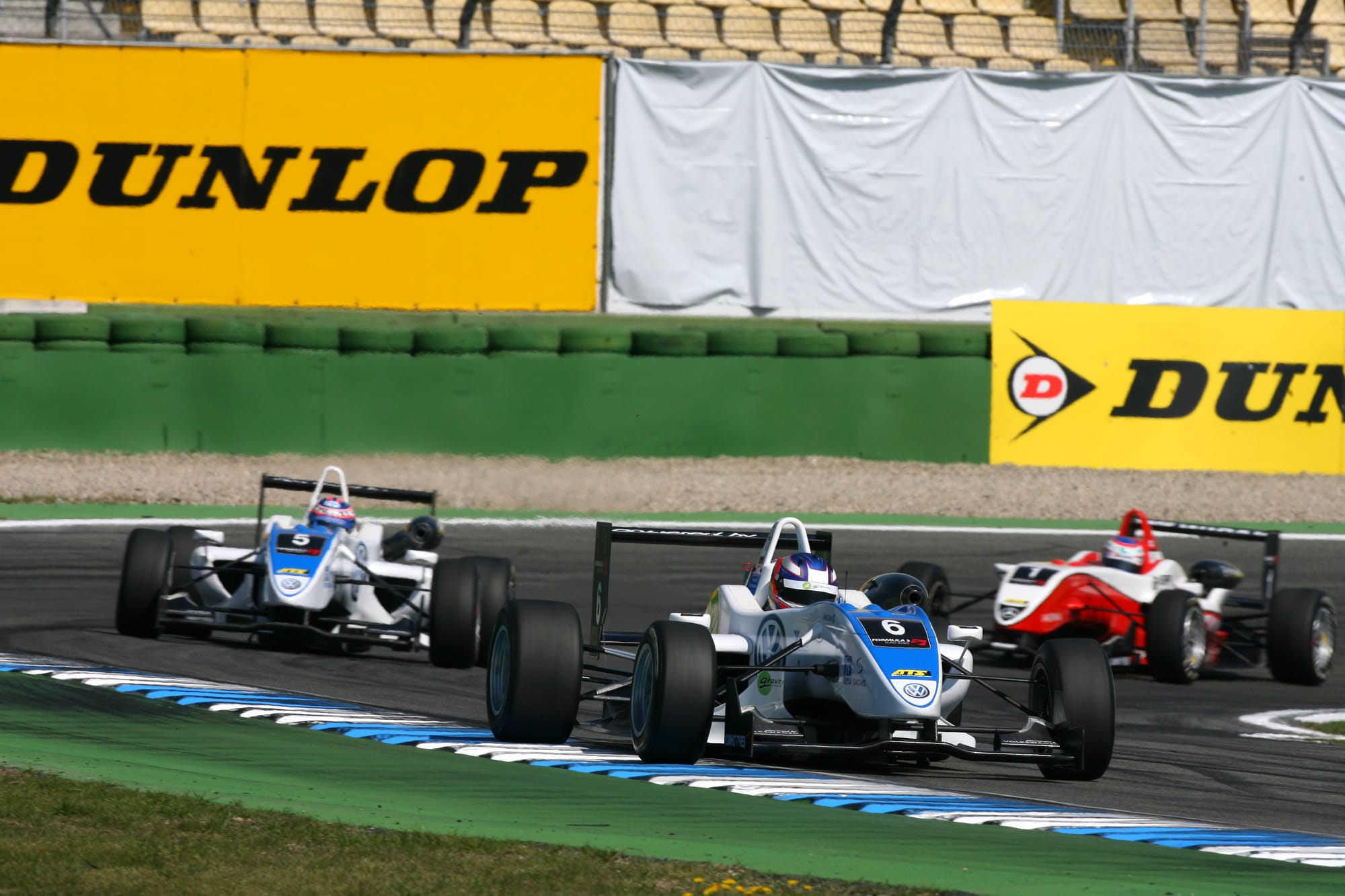
Wittmann came from European F3, as did fellow era-defining drivers like Edo Mortara (pictured above with Wittmann and future F1 driver Valtteri Bottas), Jamie Green, and Bruno Spengler. And drivers like di Resta and Wehrlein went European F3-DTM-F1.
ADAC hopes that, even without manufacturer teams, DTM can still be attractive to those juniors, even ones who haven't yet fully given up on forging a single-seater path.
"Many single-seater drivers progress to LMP cars nowadays - so if you want to shine yourself, if you want to make a name, it's very difficult in an LMP2 car, with three drivers, in position 25 in an eight-hour race somewhere without spectators," Runschke quipped.
"So, look at this here - we have DTM live on broadcast in 150 territories. The other races are also great for a young driver - going to Le Mans, going to WEC, going to North America, it's great. Great racing, great experience. But if you want to prove yourself, make a name, the DTM is the best spot."
The bigger question, though, is whether it can again be a destination, end-goal series.
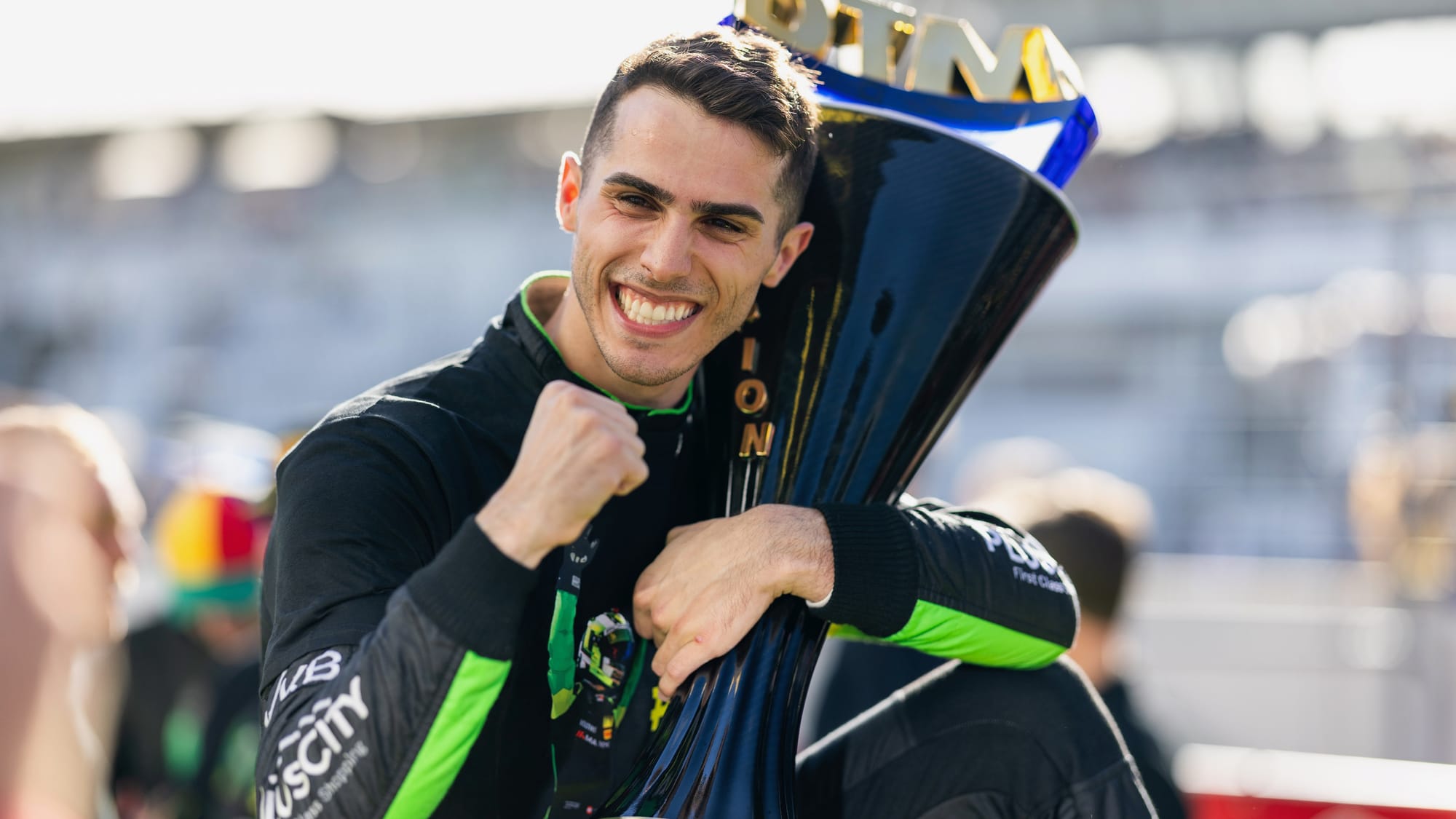
There was some question over whether Preining, for instance, would definitely return to defend his title - an absolute must for a top-level series. Preining himself didn't sound 100% confident, and made it clear this was up to Porsche.
He has now been confirmed for a 2024 title defence - but it's easy to see a scenario in the years to come where a gap in one of Porsche's various works line-ups means it can no longer allow his focus to be diluted by a DTM push.
For now, though, the series is clearly doing everything it can to steer clear of those dilemmas. The 2024 DTM calendar has no clashes with the World Endurance Championship, nor its North American counterpart the IMSA SportsCar Championship.
Of the series' two latest champions, Preining and van der Linde (the latter already selected by BMW for the full WEC Hypercar schedule in 2024), Runschke said: "They're real, genuine racing drivers."
But you can go a step further than that - they're both genuinely elite talents, as are several of their DTM peers looking to etch their names alongside theirs on the list of champions.
More than the cars, the tyres, the exact weekend format, maybe even more than the spectator numbers (as important as they are) - it's this, a claim to having that a recognisable consistent grid of 'many of the best drivers you can find anywhere outside of F1' that will truly determine in the years to come whether the new DTM is the rightful heir to what came before.
